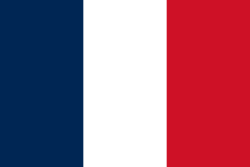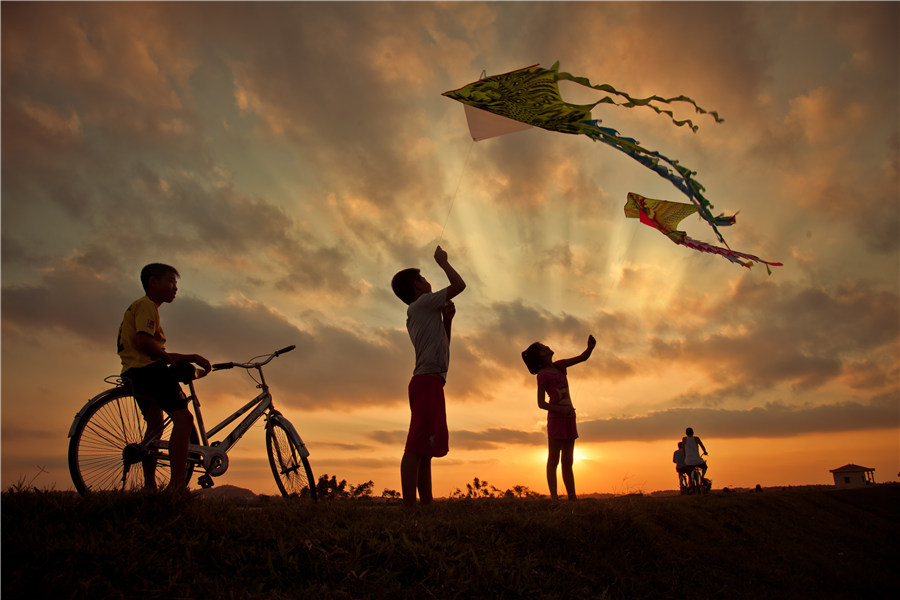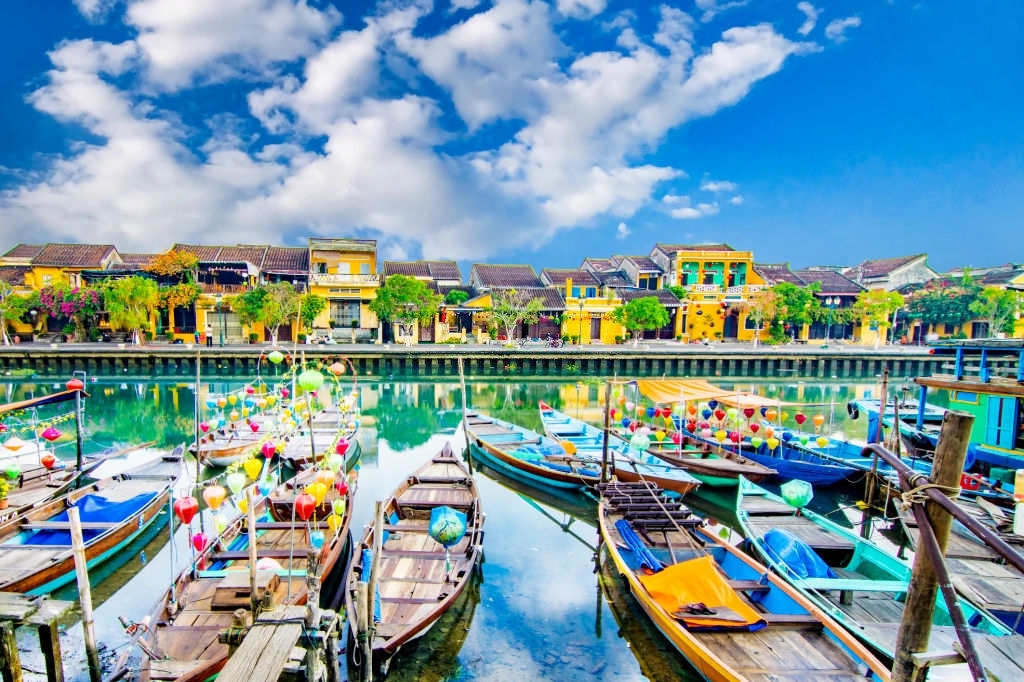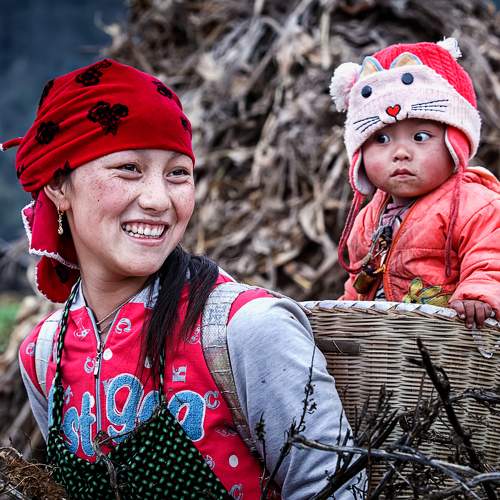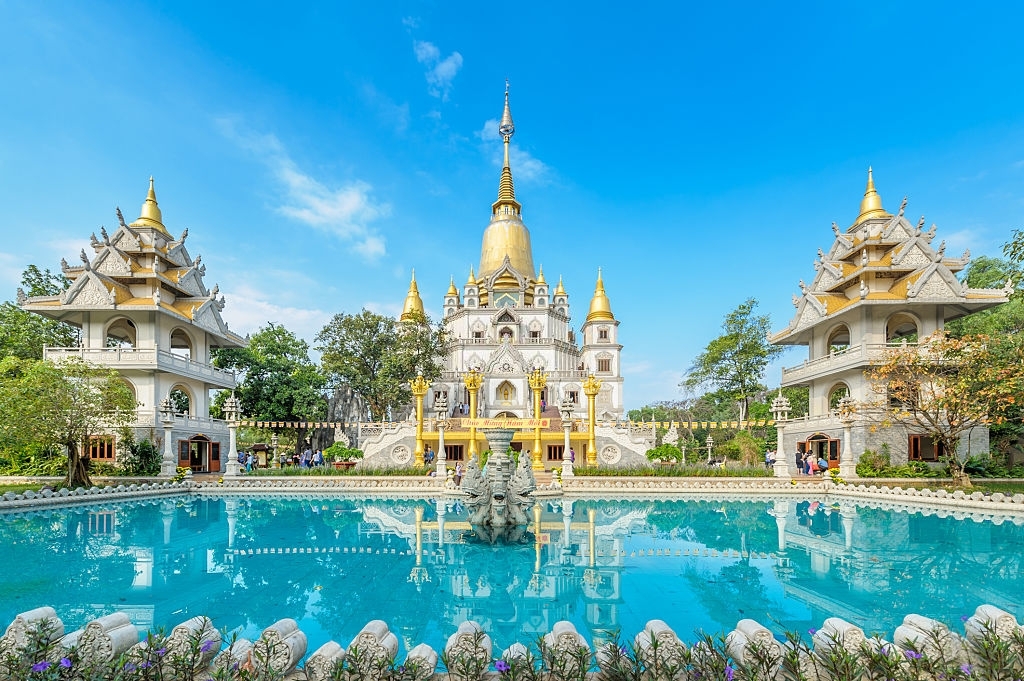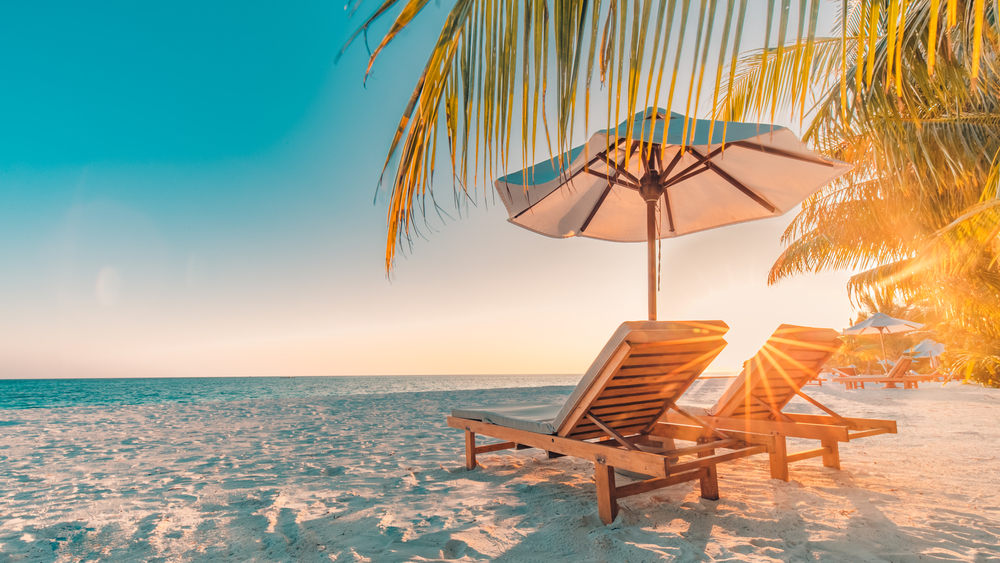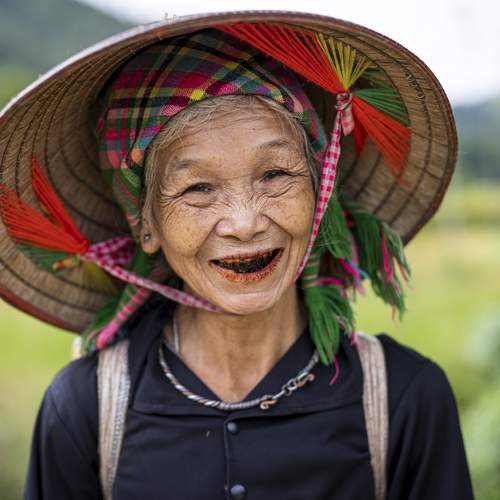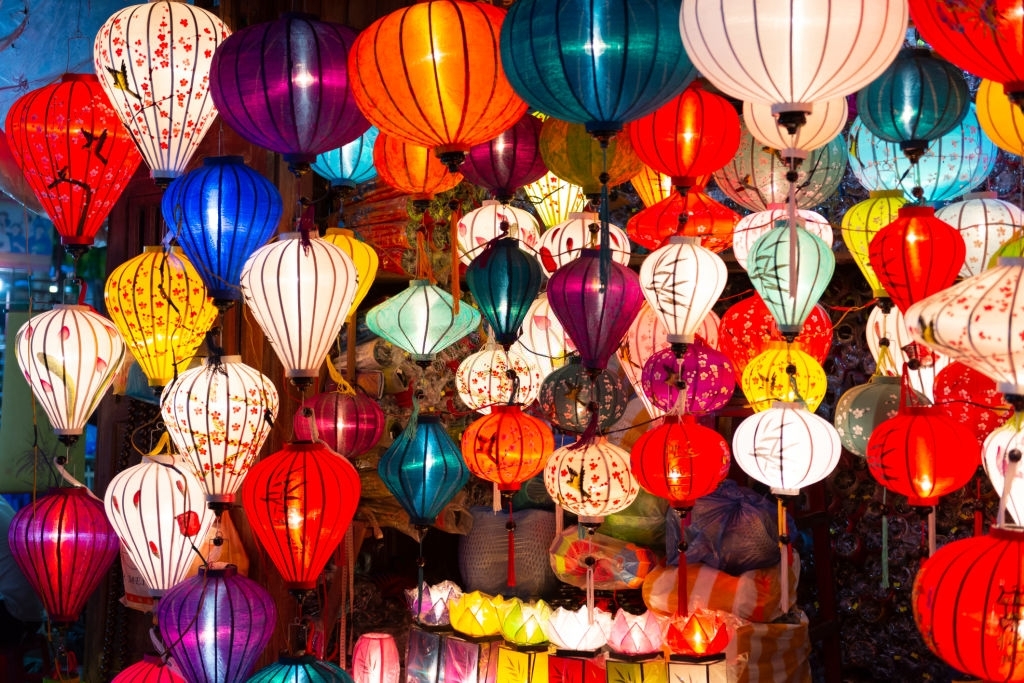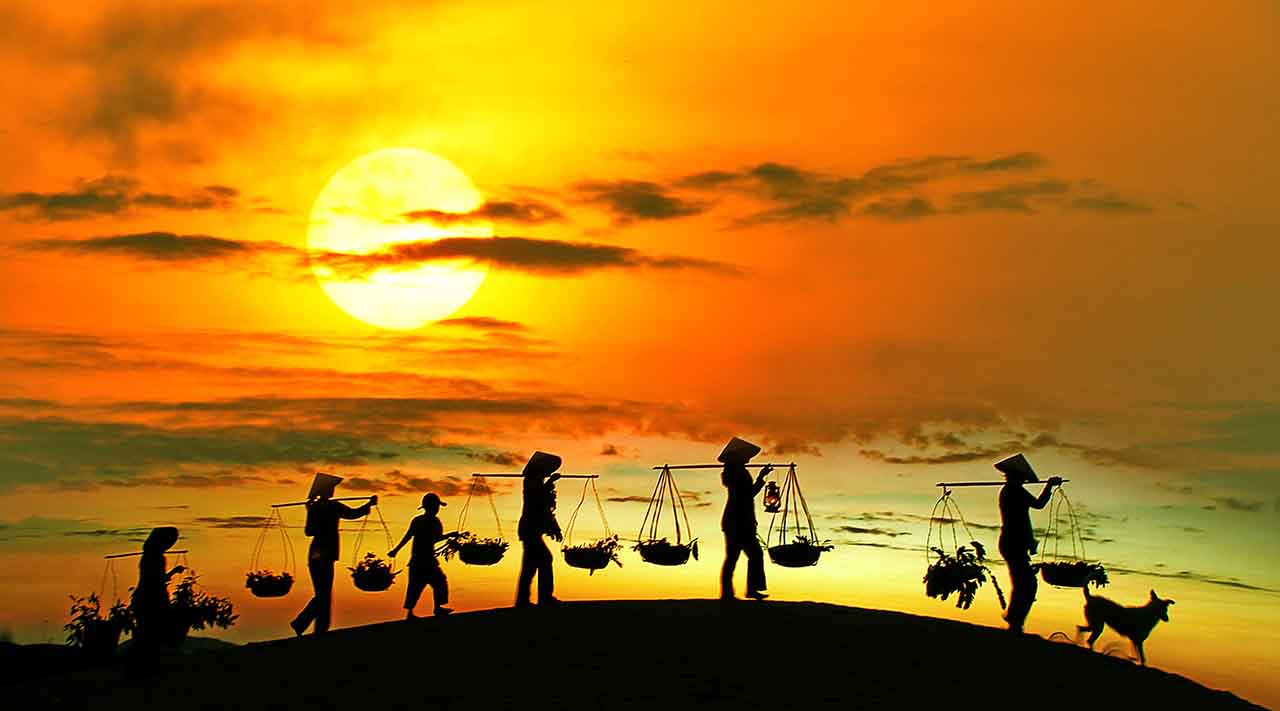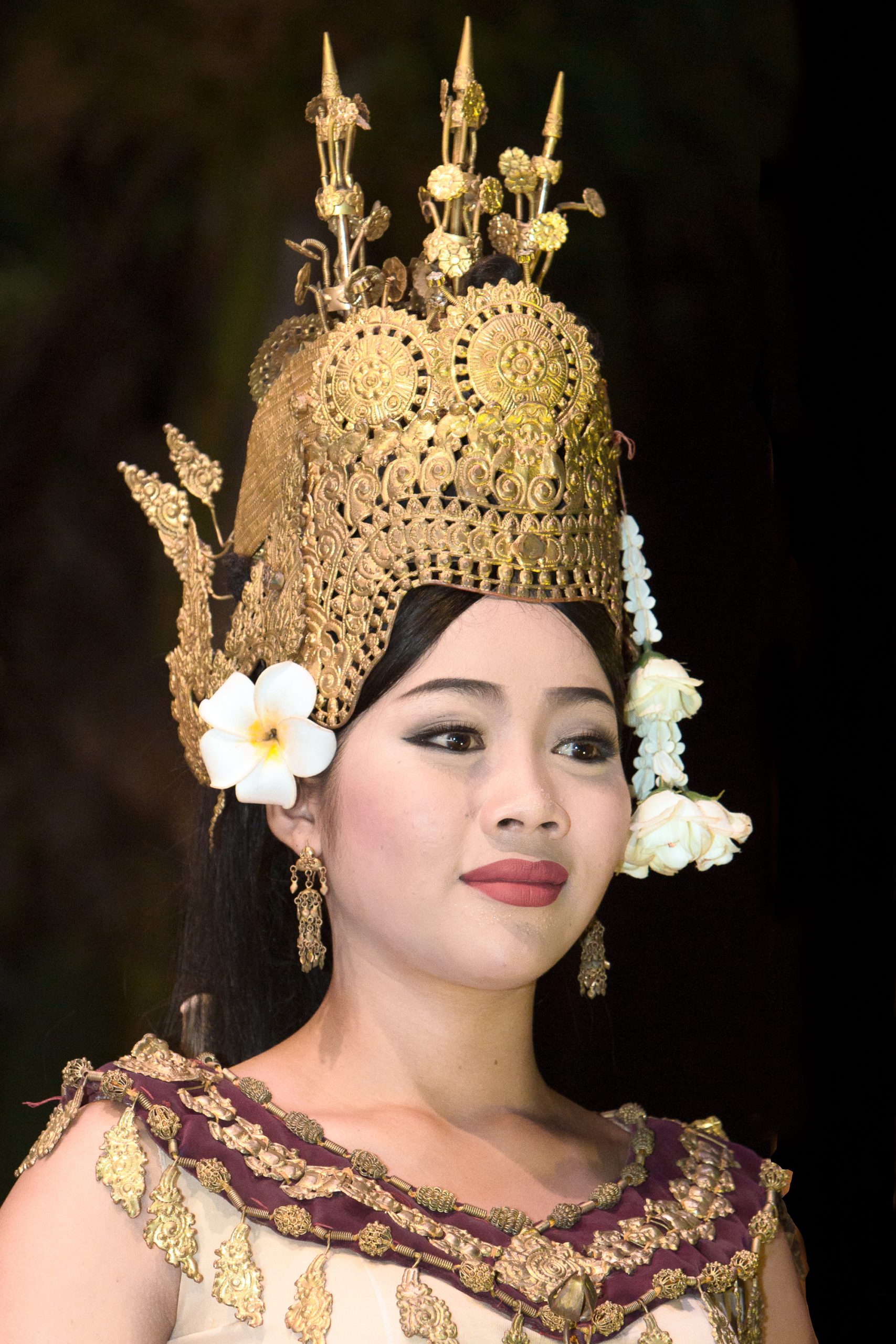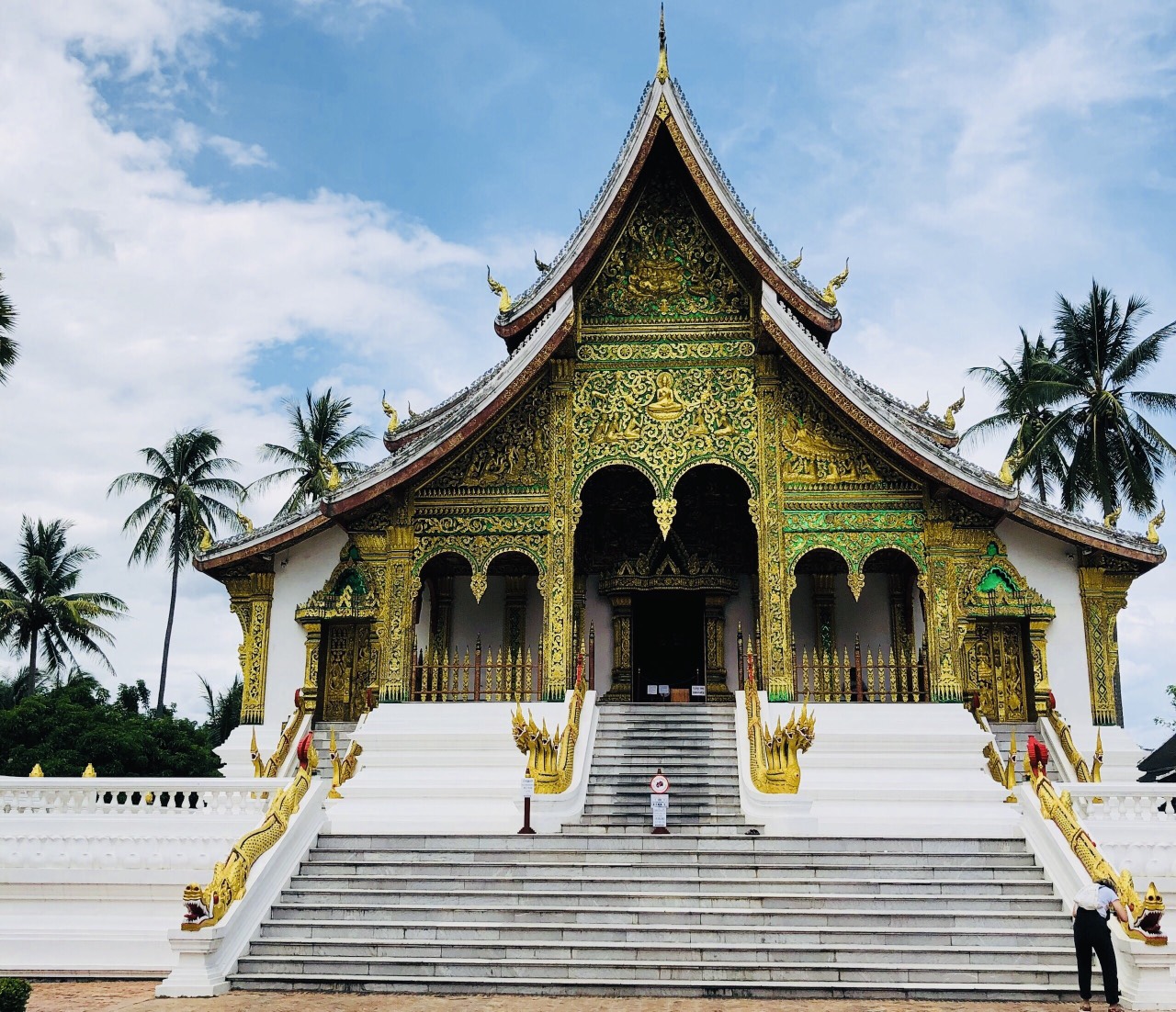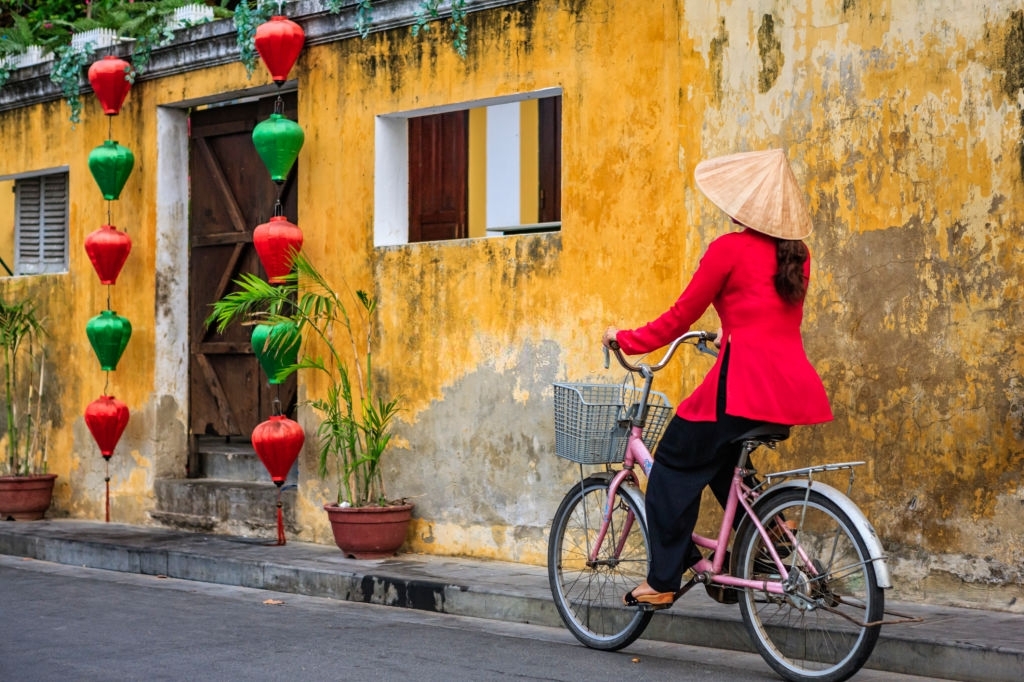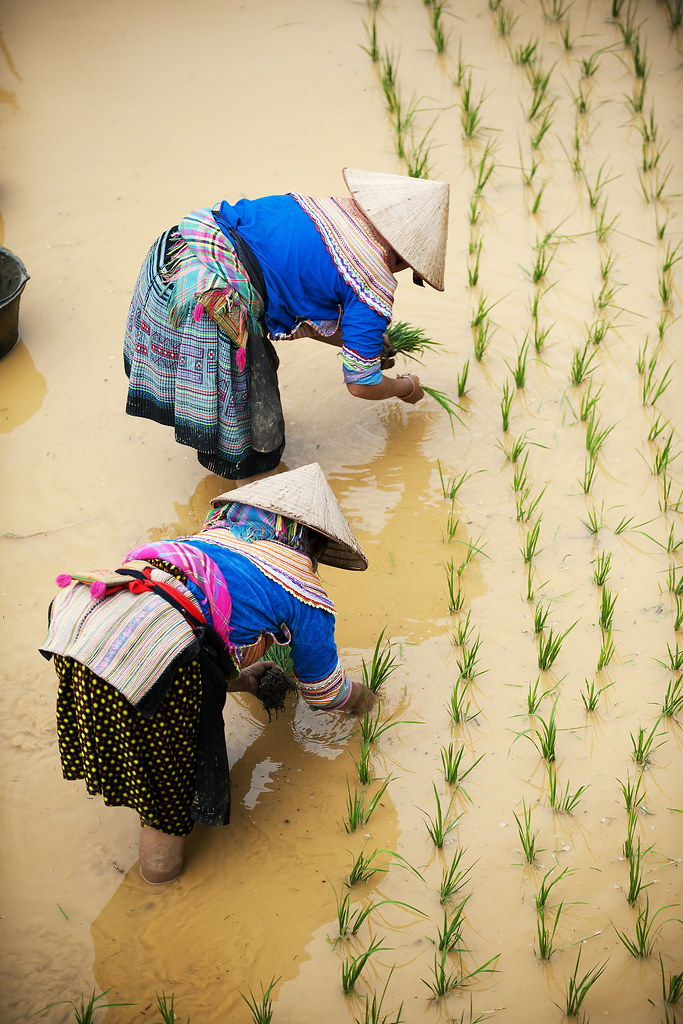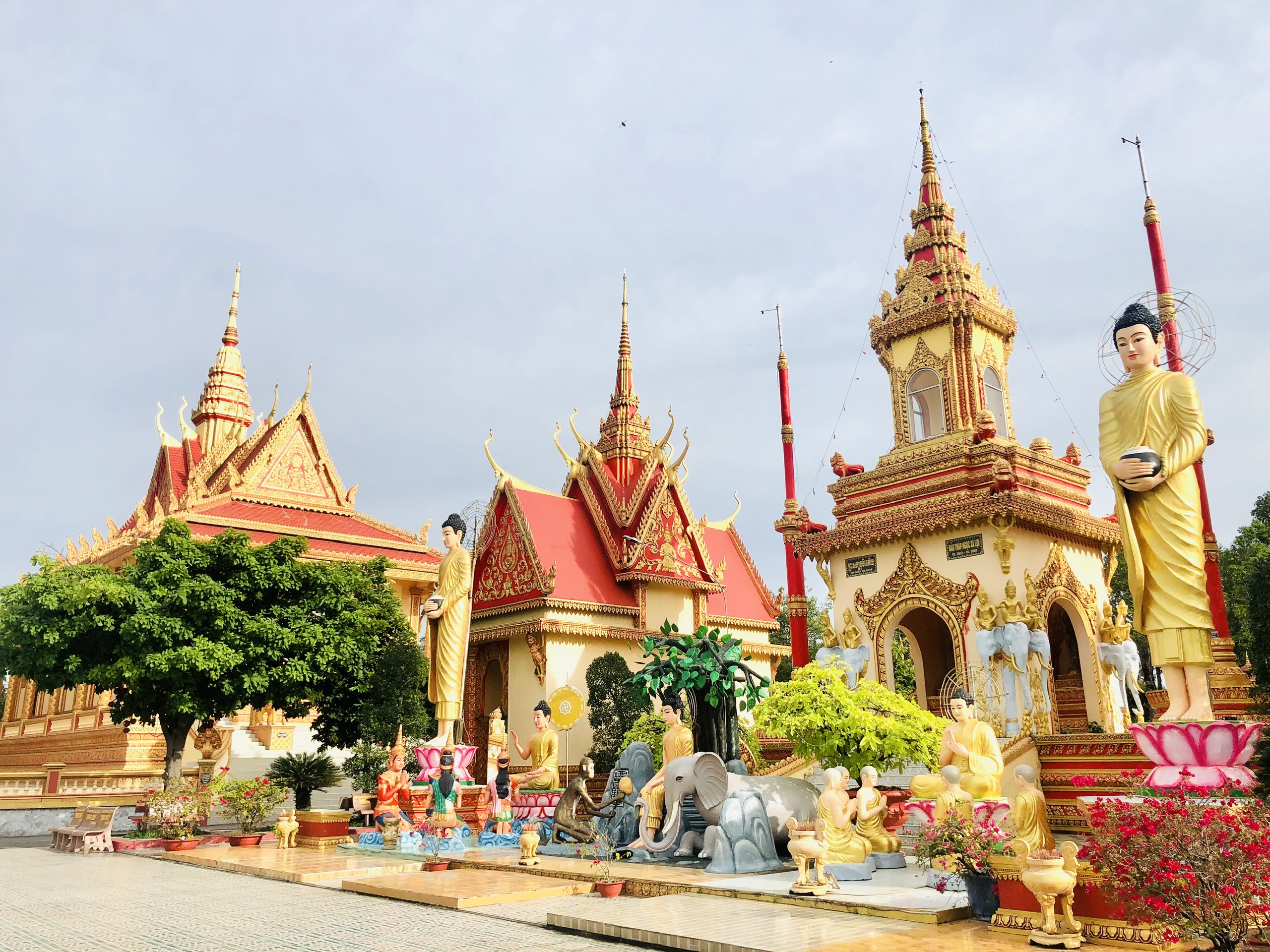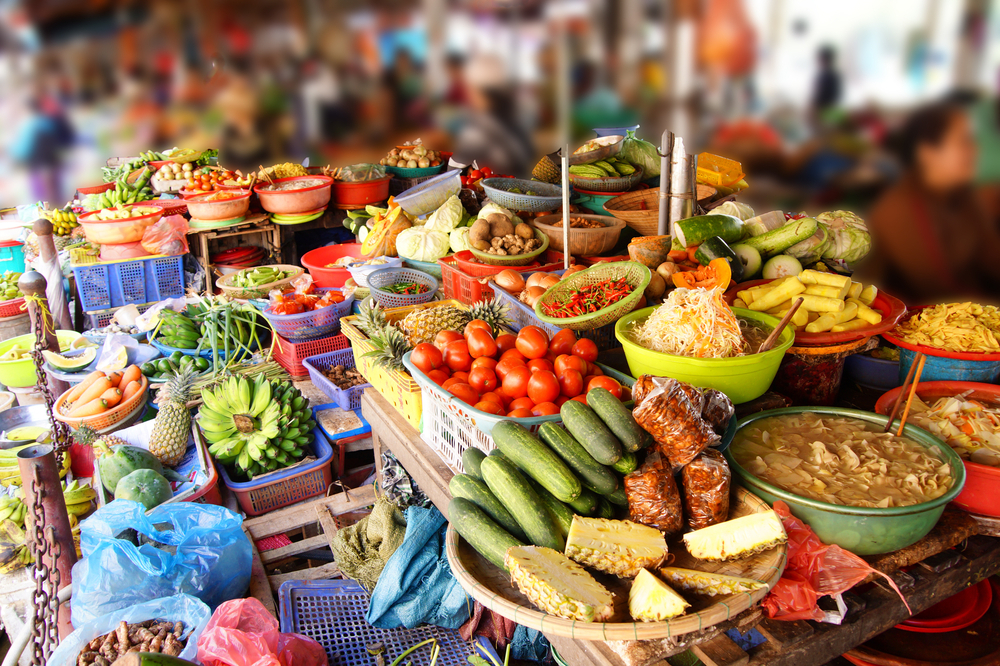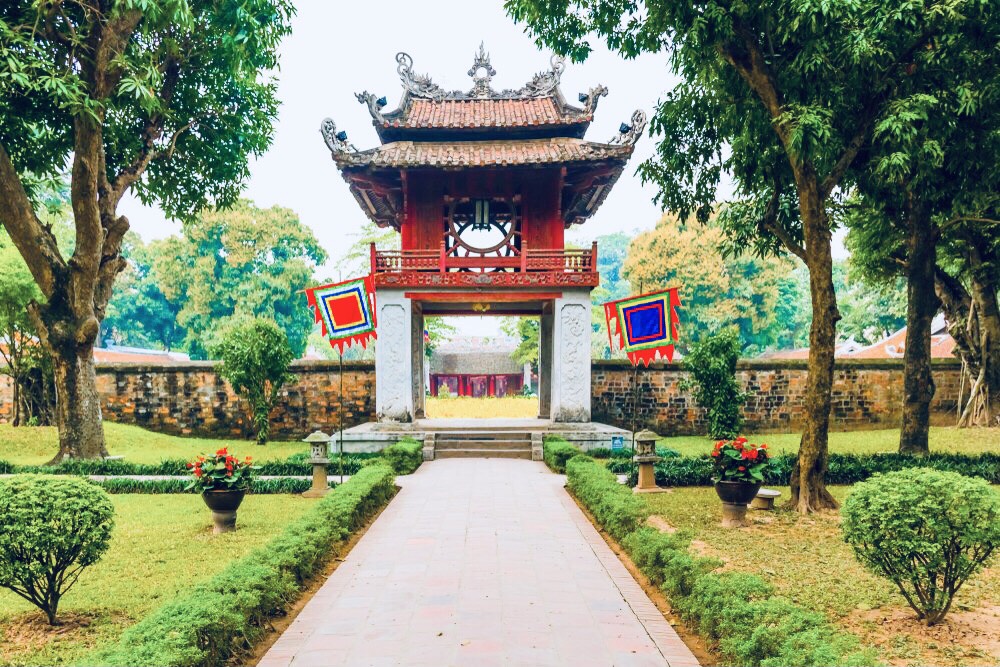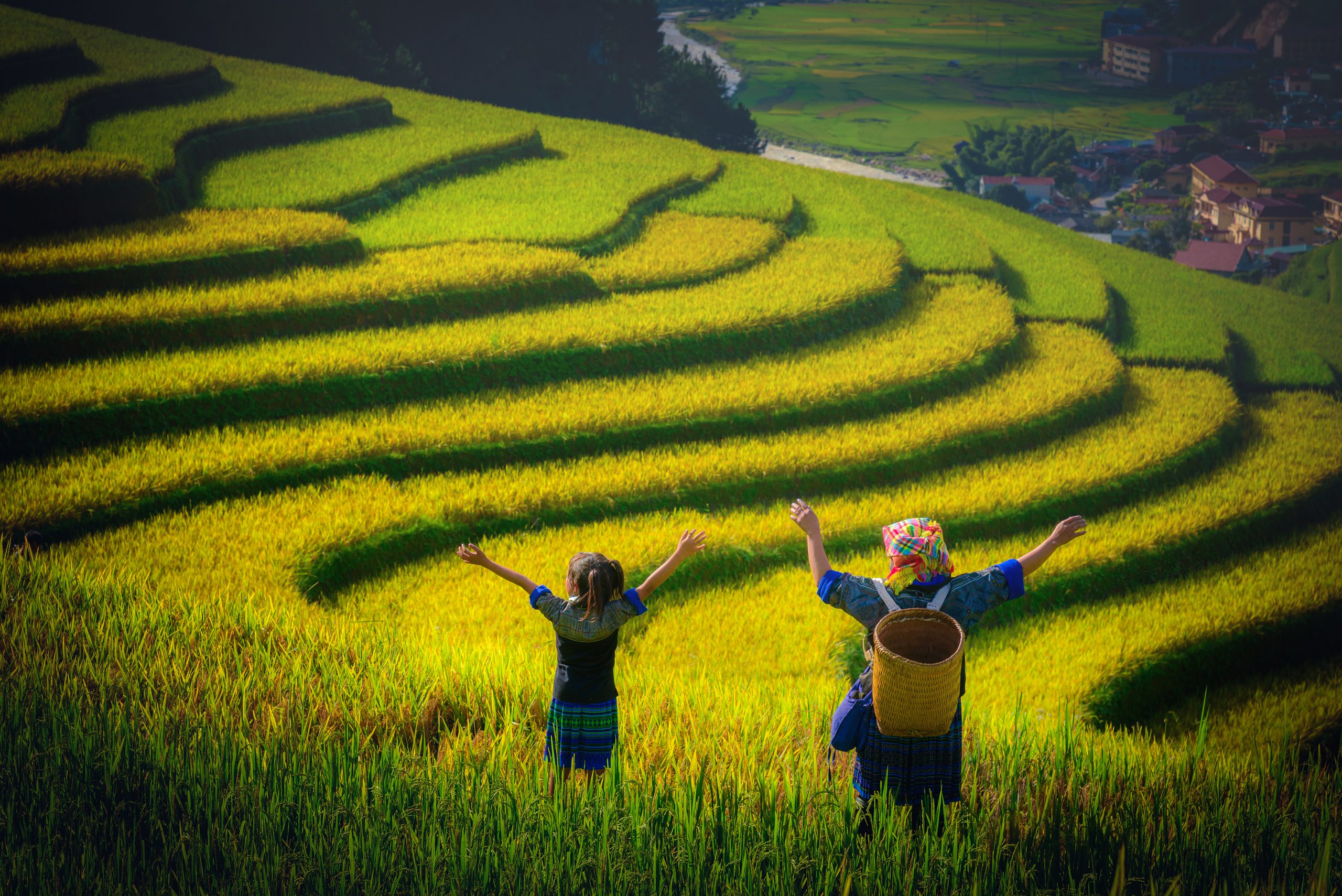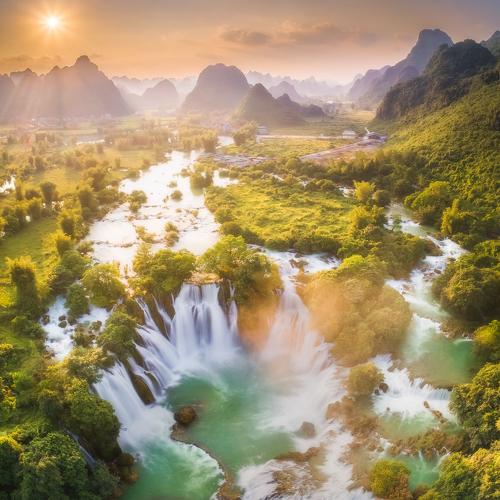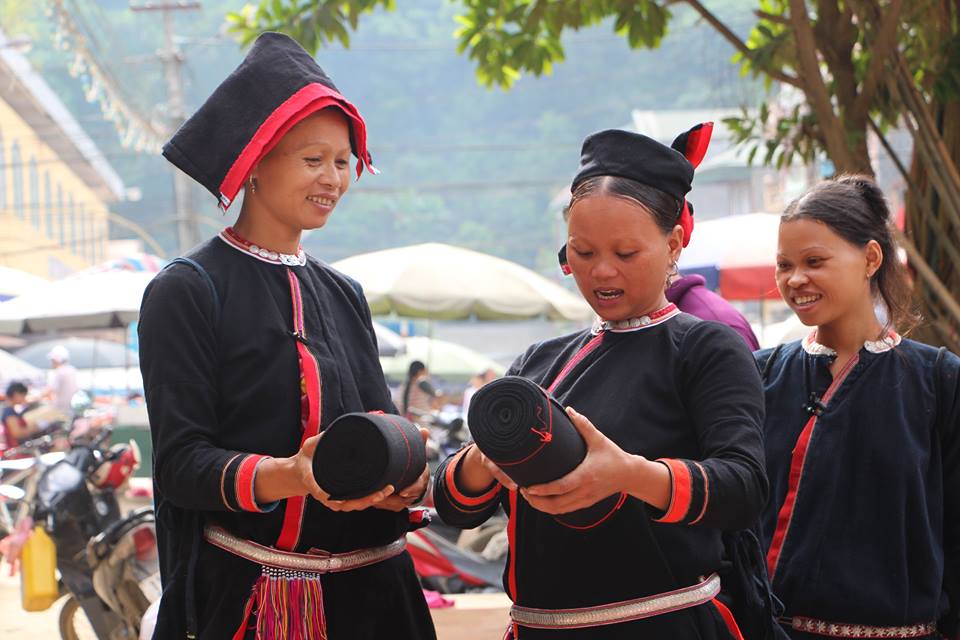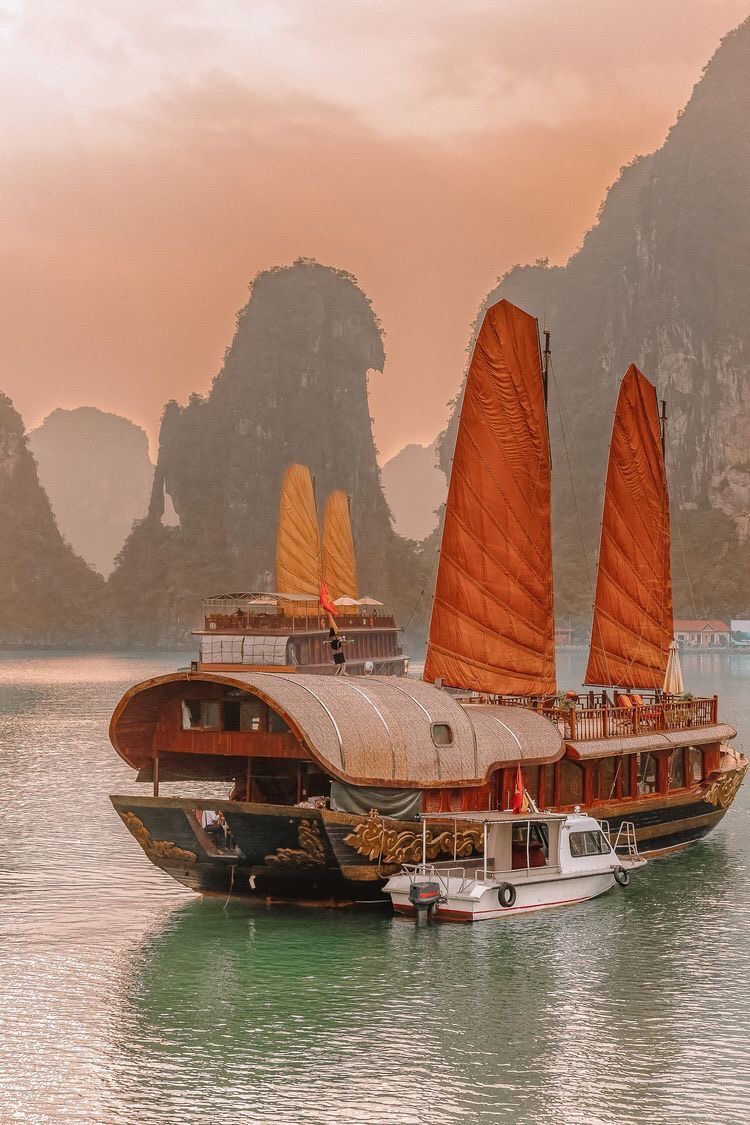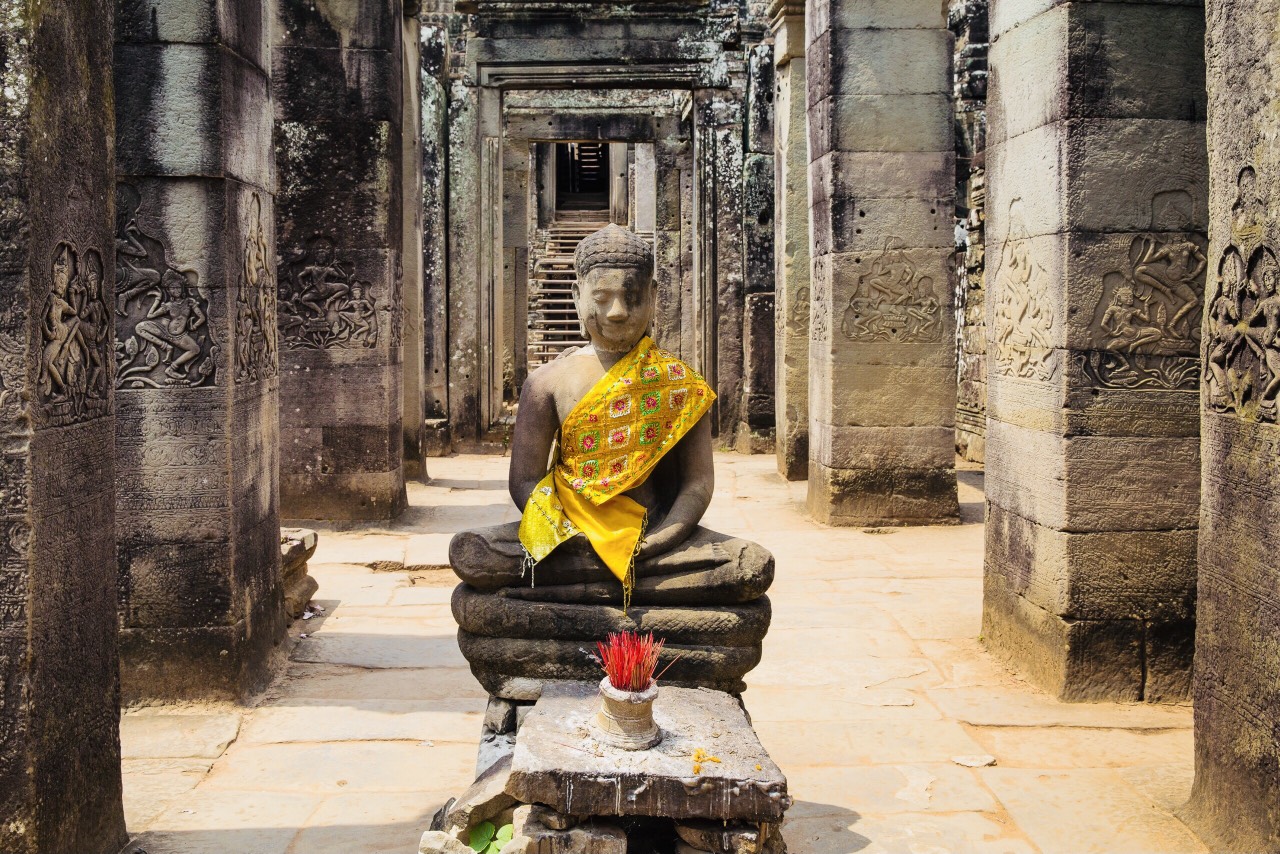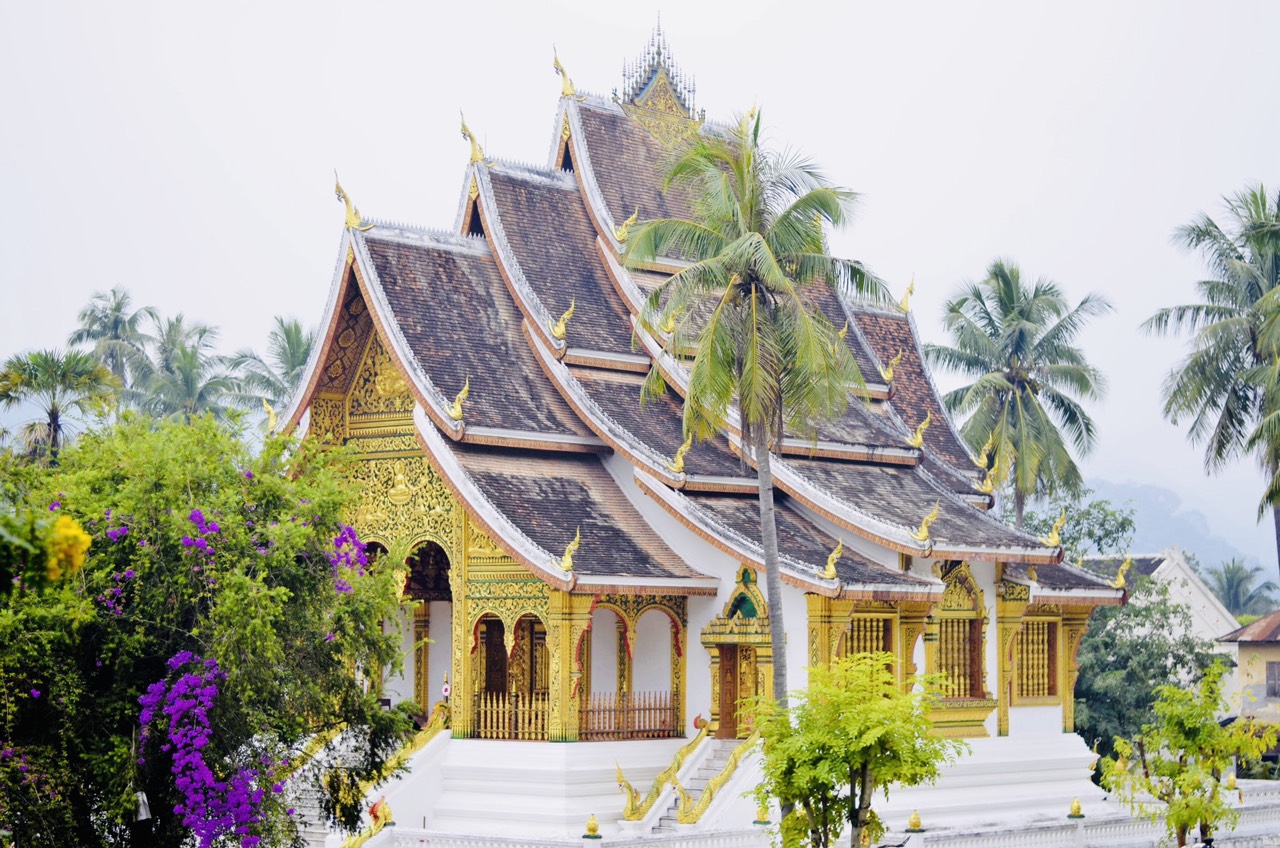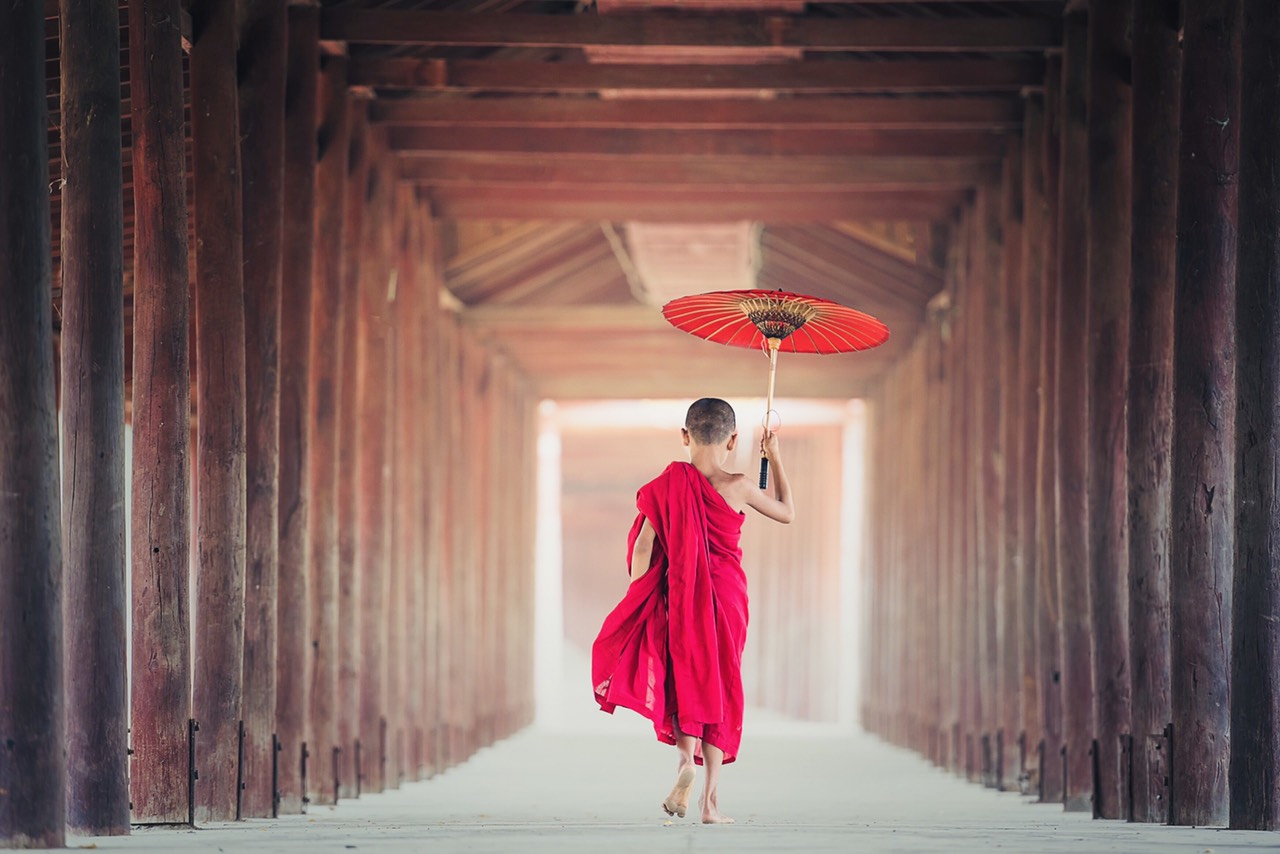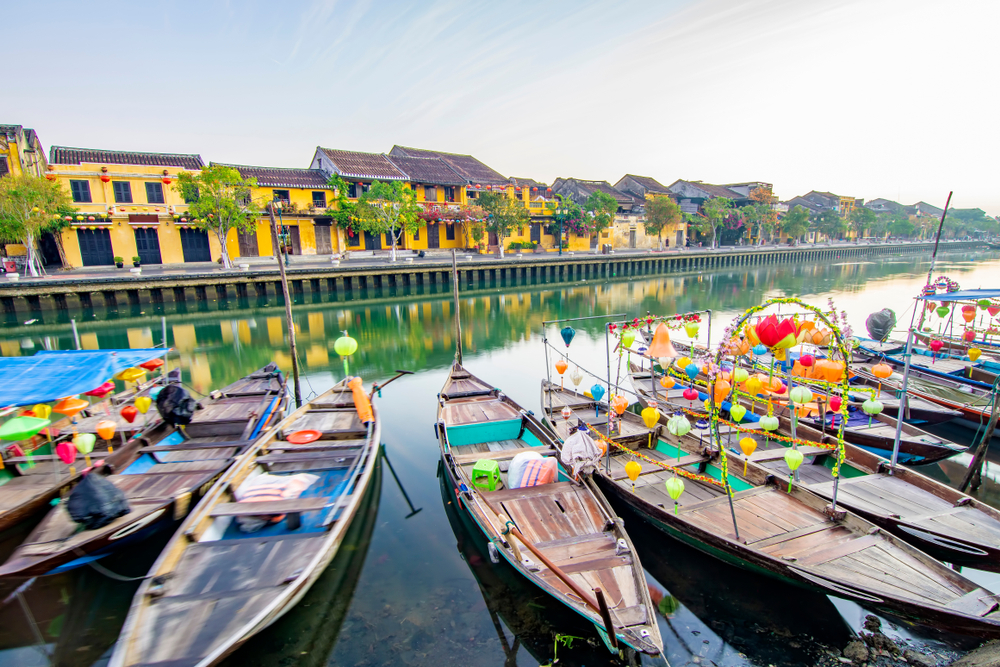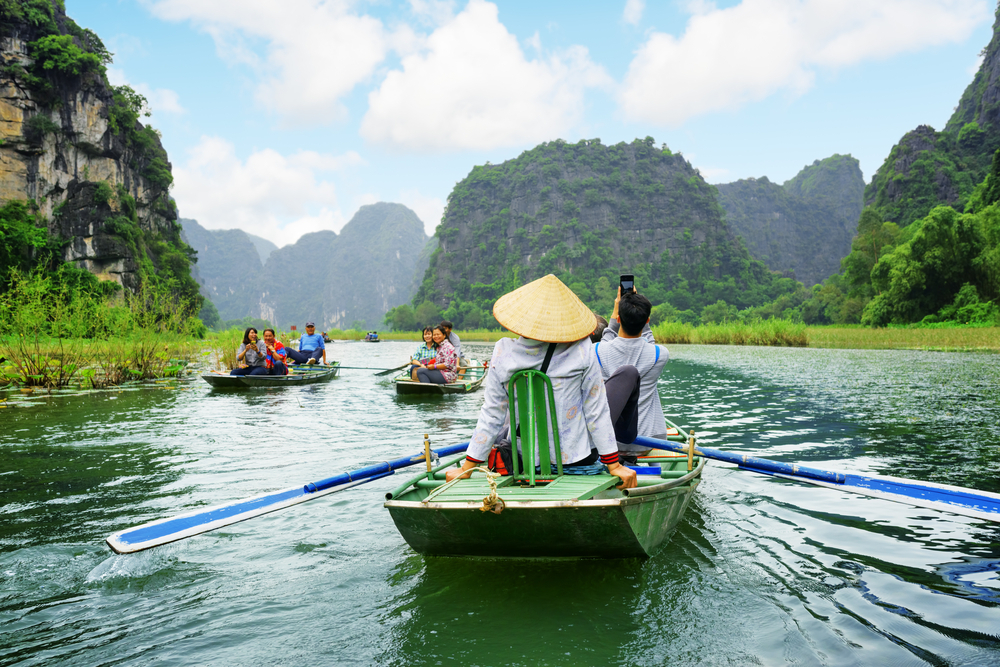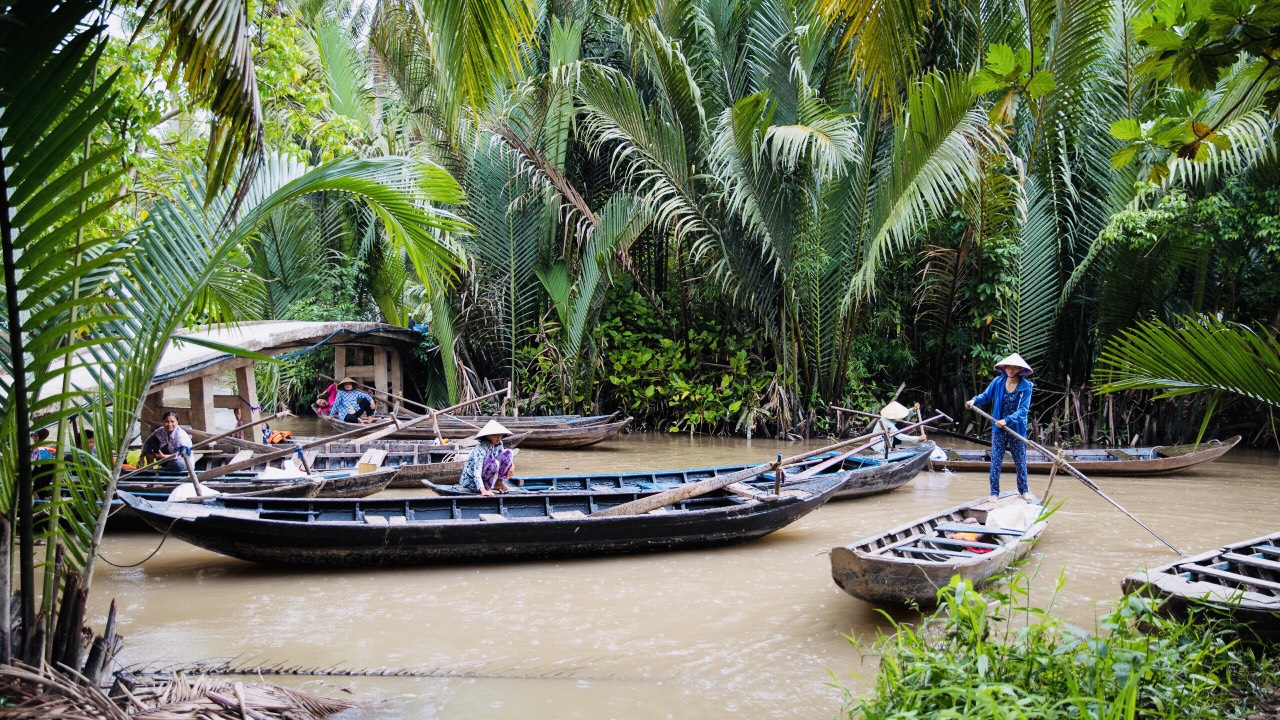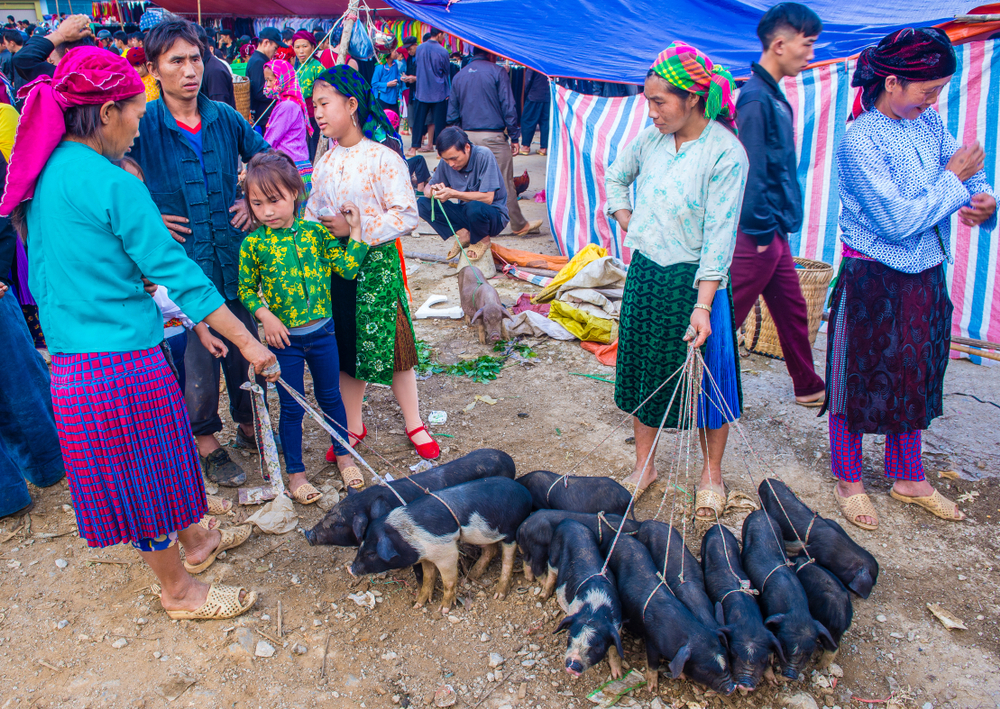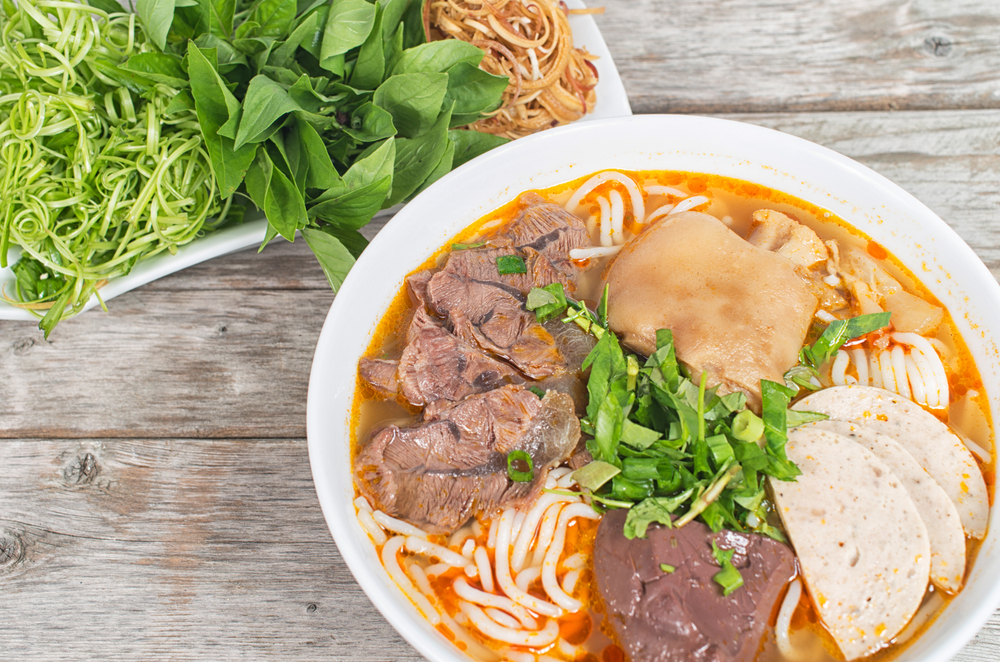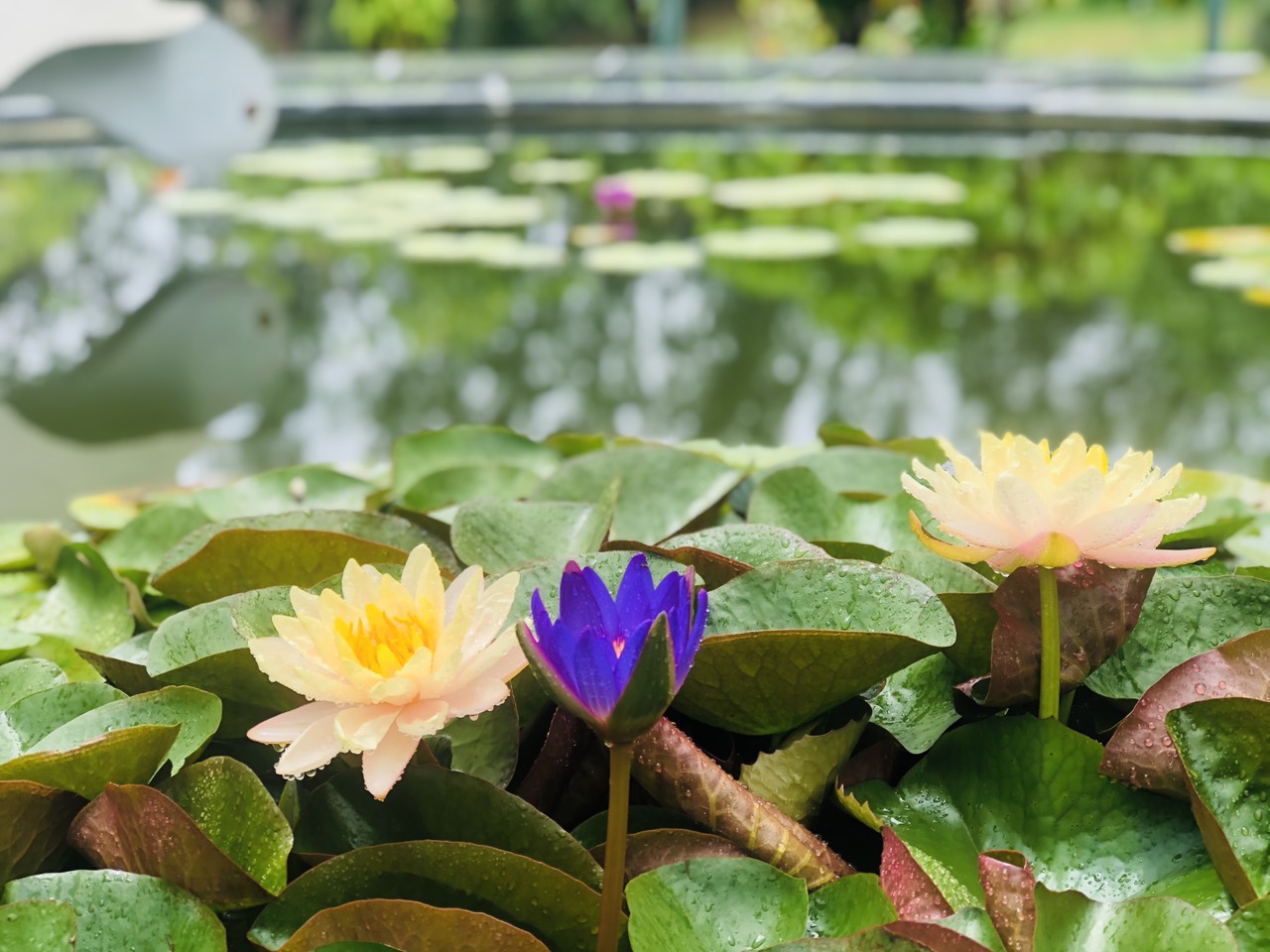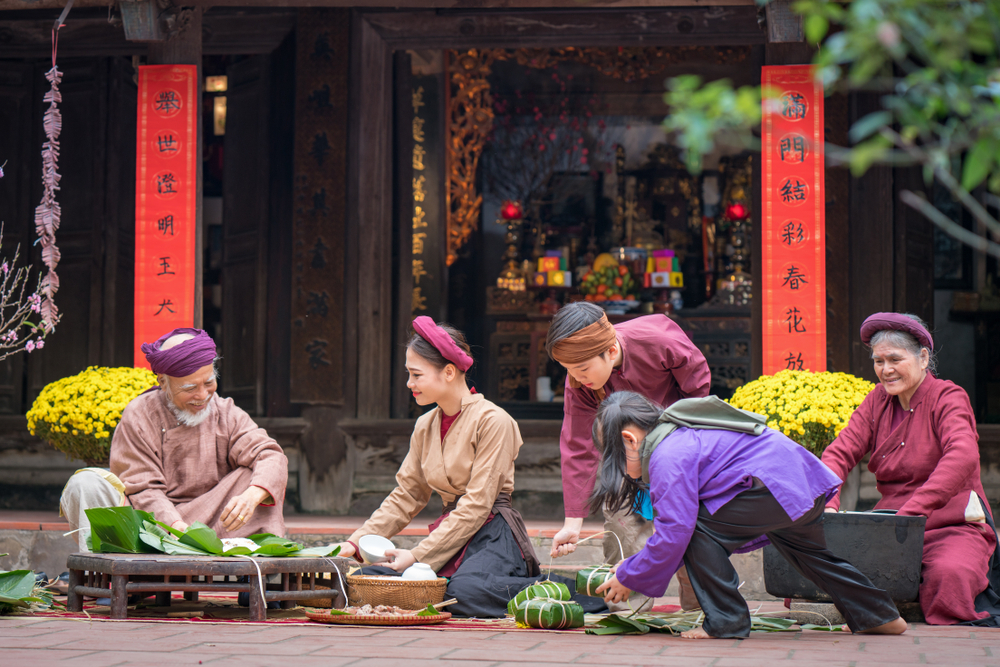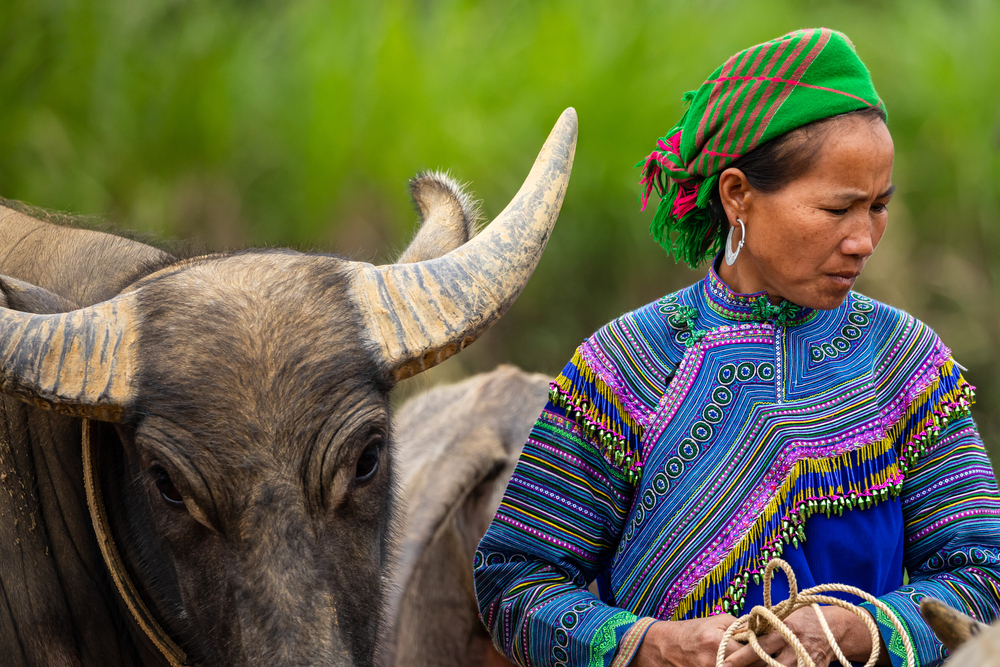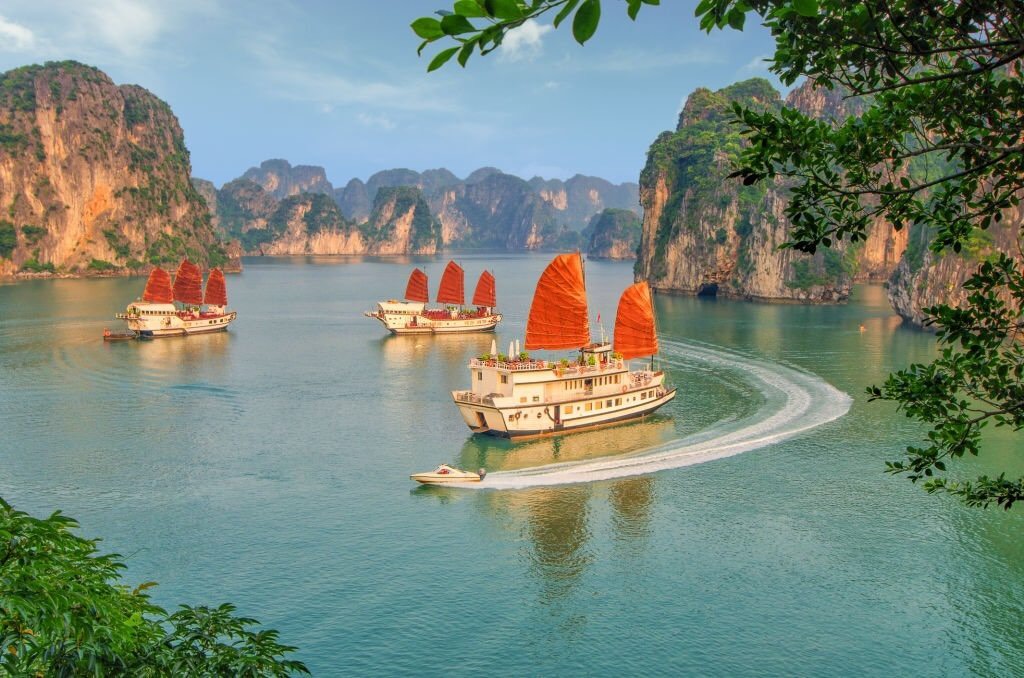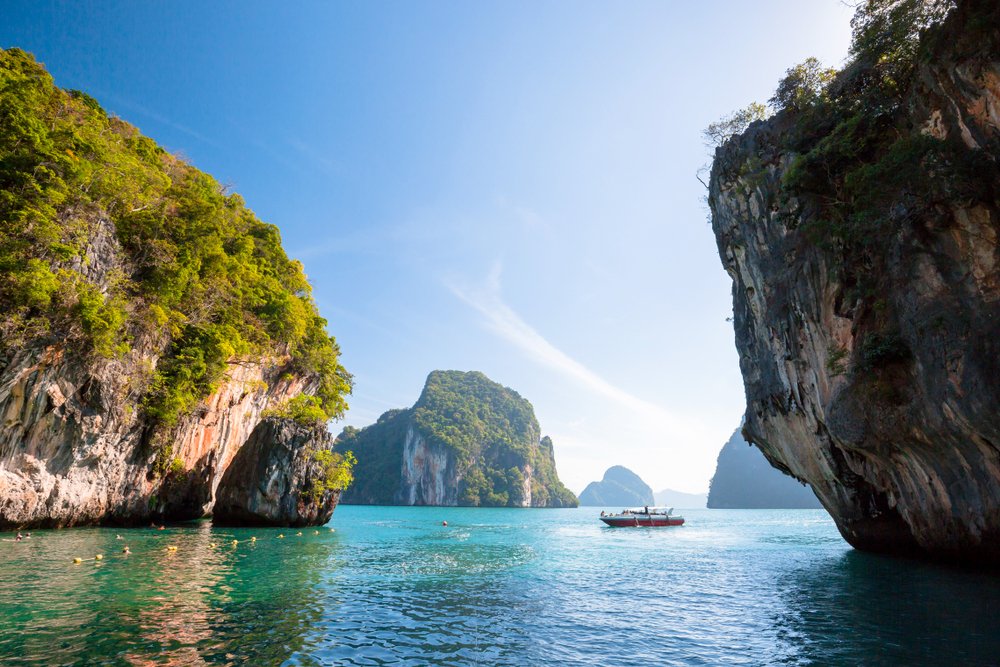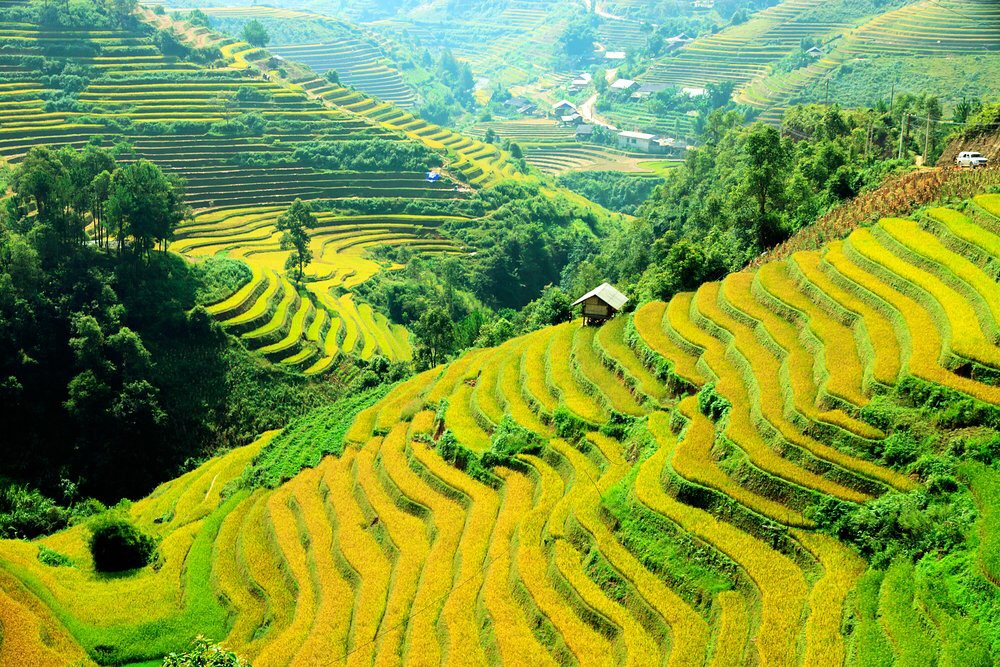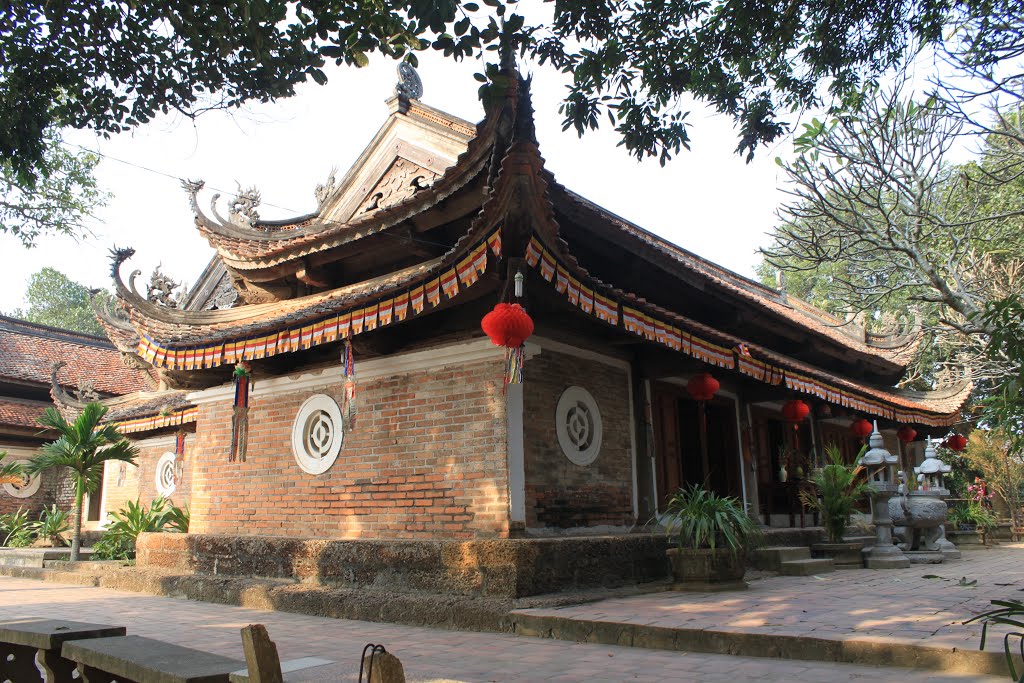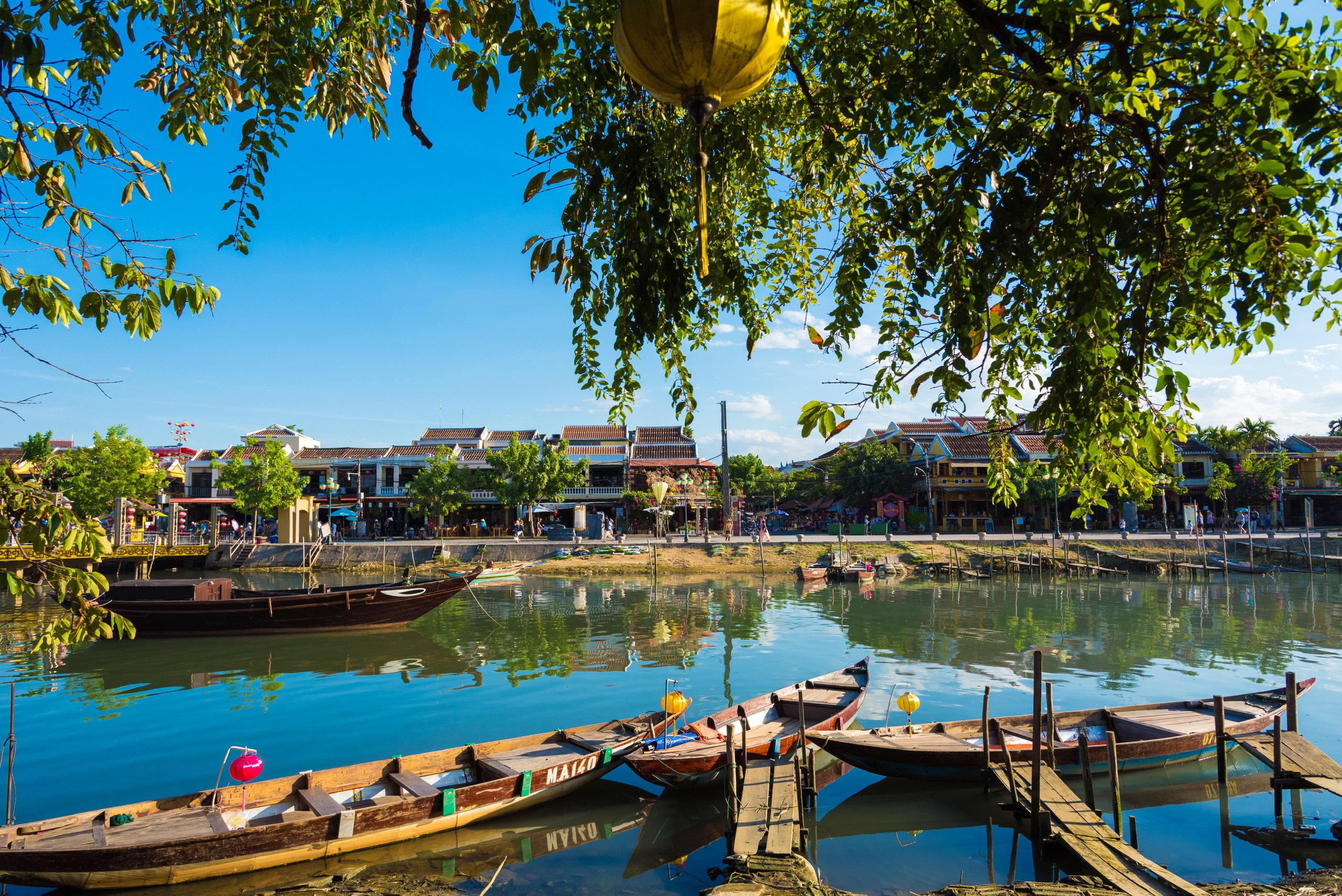
Discovery of Hoi An
Au fils des siècles :
Hoi An, the kingdom of Champa.
In Hoi An, visible manifestations of the ancient Champa civilization attest to a past in multiple forms, such as the sanctuary of My Son.
The Chams, probable heirs of Austronesian navigators, had as main activities trade, transport and perhaps also piracy…
In 8 centuries they invested the ports at the beginning of important trade routes and founded the Kingdom of Champa in the Annam region.
This kingdom flourished in the south-central region between the seventh and fifteenth centuries, reaching its peak in the ninth and tenth centuries.
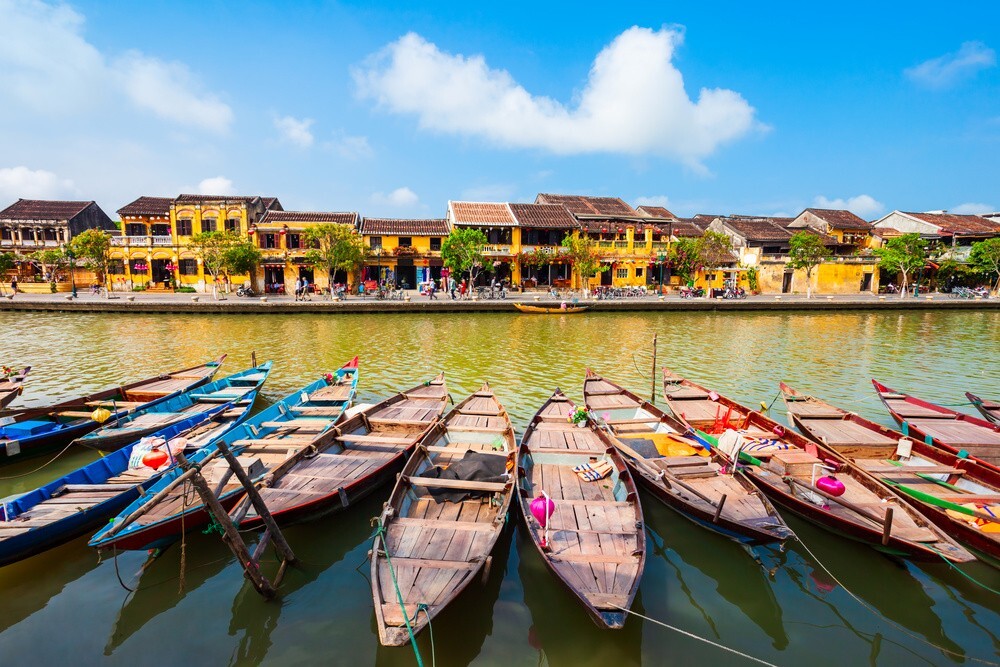
The relations of Champa with ancient Vietnam – the empire of Dai Viet (Vietnamese kingdom in the north of the country in its beginnings), were marked by commercial, craft, aesthetic and diplomatic exchanges, but also by a series of wars and a succession of treaties.
In the 15th century, the weakened Champa kingdom merged with the Vietnamese territory (Dai Viet).
Then, in 1535, the Nguyen lords who reigned over the region south of the Red River welcomed the Portuguese explorer Antonio De Faria.
Open to the world, they decided to make the port of Hoi An a powerful commercial platform.
The policy of the Nguyên allowed a very rapid development of Hội An and its surroundings.
Hoi An, is then the largest port in early modern Vietnam.
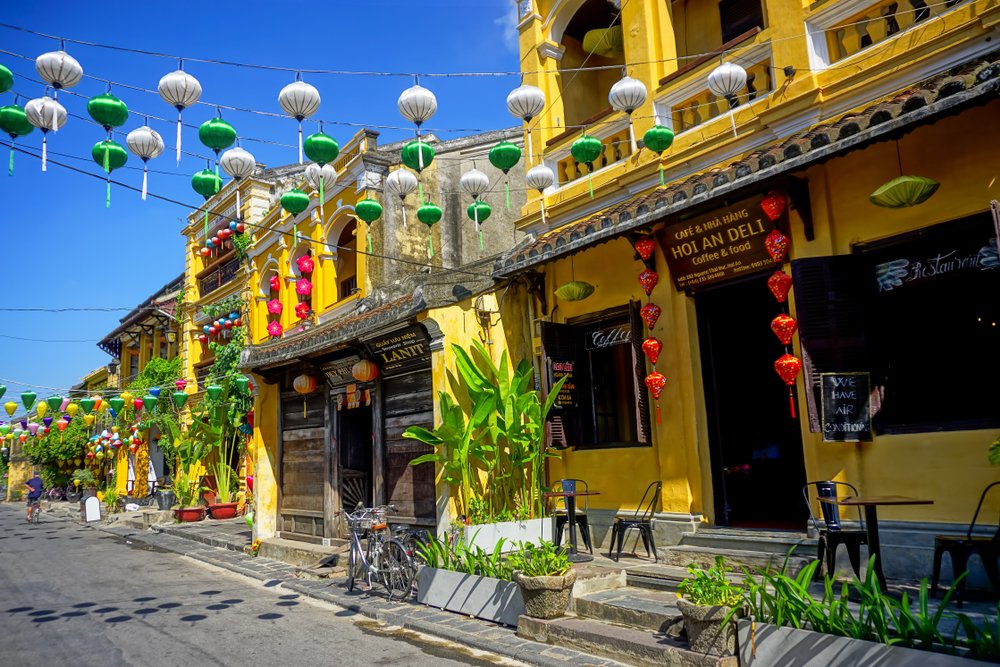
In 1595, under the influence of Nguyen Hoang, merchants from China, Japan, Indonesia, the Philippines and Siam came to Faifo (former name of Hoi An).
In Hoi An, the Japanese community is quite small.
It is composed of only a few dozen households, unlike the Chinese population.
However, the Japanese exerted a powerful influence on the affairs of the trading port, the Japanese demand for silk being so great that the annual comings and goings of Japanese merchant ships were considerable between 1590 and 1635.
For several months each year, when the trade winds allow Chinese and Japanese ships to arrive, a vibrant market appears in the port and Chinese, Japanese and Vietnamese merchants engage in trade of a wide variety of goods.
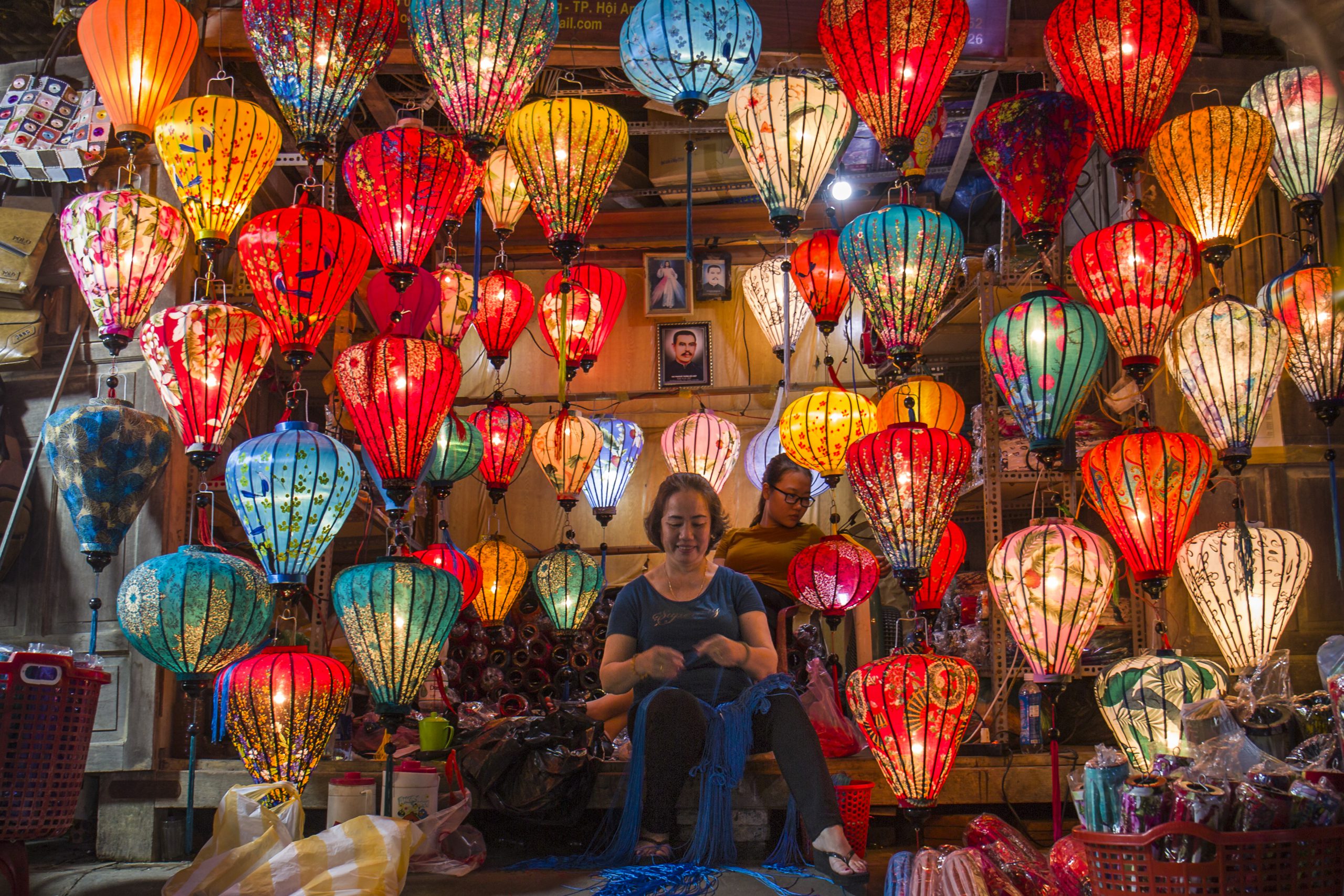
During the rest of the year, members of the Japanese community in Hoi An prepare for the market by gathering goods from Chinese and Vietnamese merchants, some of whom settle permanently to take advantage of the city’s commercial appeal.
It was at this time that the Japanese pagoda bridge was built, linking the two banks of the city and the districts of the Japanese and Chinese communities.
The first Dutch merchants arrived in the port in 1633. For a few years, Dutch and Japanese coexisted, with the Japanese completely dominating the economy of the port.
During the 17th century, the Japanese community gradually diminished and eventually disappeared, assimilated into the Vietnamese community due in part to intermarriage between the families of wealthy Japanese merchants and the noble family of Nguyên.
From the XVI to the XVIII century, among the boats stopping in Vietnam there were boats of missionaries and European merchants, among which French.
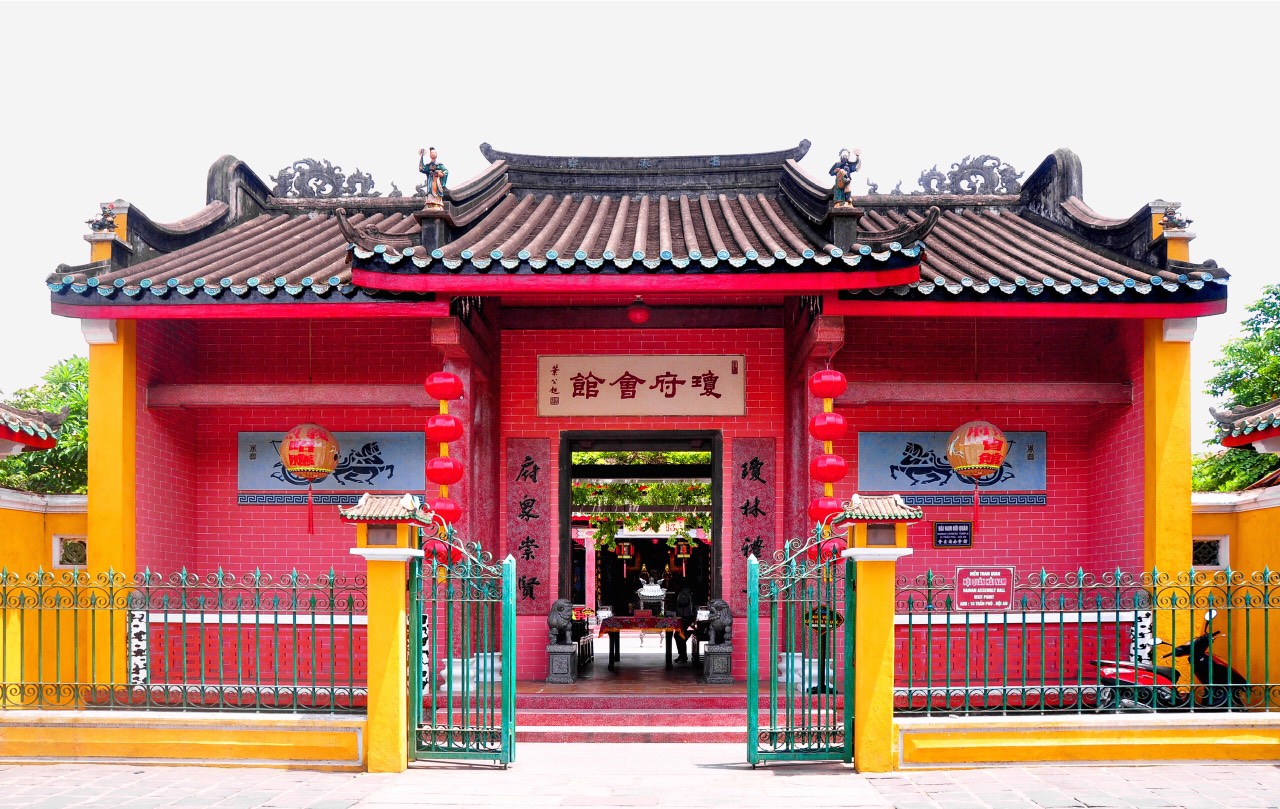
Following the Saigon agreements signed in 1862 and 1874, the southern part became a French colony.
Ten years later, the 1884 agreements divided Vietnam into three parts: Tonkin (in the north), Annam (in the center) and Cochinchina (in the south).
Cochinchina was a total French colonization while Annam and Tonkin were protectorates.
Hoi An, in Annam, as a French protectorate, was able to retain part of its role as a commercial port for the Central provinces.
It remained the point of inflow of goods from the mountains, the plain, the North and the South, as well as goods from foreign countries.
This was the starting point of the port development with a large volume of goods.
However, Hoi An was no longer a seaport as it used to be, the mouth had been clogged by alluvial deposits (floods including the one in 1891), navigation was difficult for boats that had to make a contour, enter the port of Da Nang and then go down to Hoi An following the Cô Cò river.
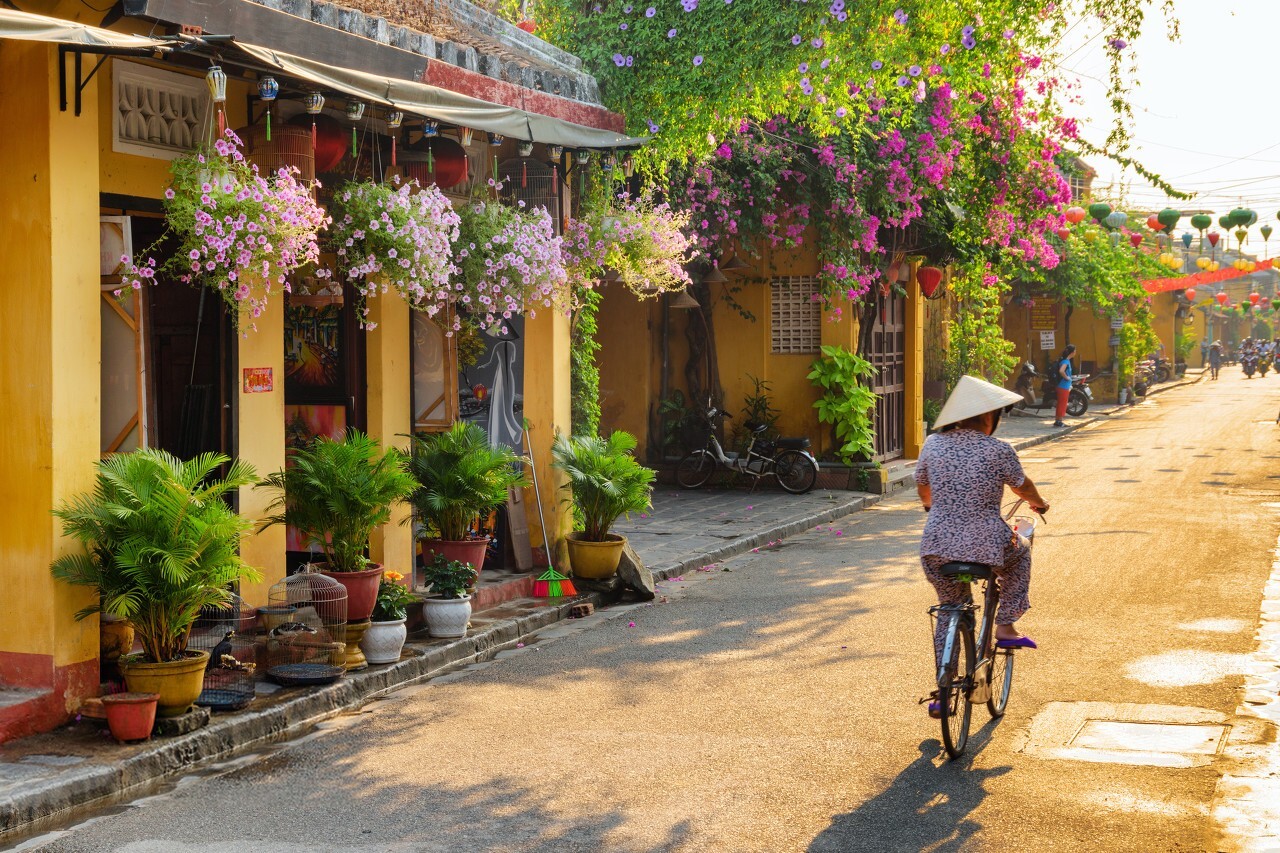
For structural (not all large ships could pass through the Cô Cò River) and political reasons, Hoi An lost its assets, its port and its function as a commercial center to the port of Danang and entered a prolonged sleep.
Its streets and houses did not change with time, except for a few new villas built by the French for the administrators.
The development of Hoi An will be even less after the departure of the French.
The policy of the Nguyen lords attracted to Hoi An an international population: Asians, Japanese, Chinese, Indians, and Europeans, French, Dutch…
They brought with them their customs, their traditions, their cultural specificities. When they built a house in Hoi An it was a typical house of their country.
Hoi An was not only a prosperous commercial port, but also a place of exchange and meeting of different cultures.
Hoi An today is a relatively small city that has kept its cosmopolitan authenticity and has a great charm!
Major sites :
My Son
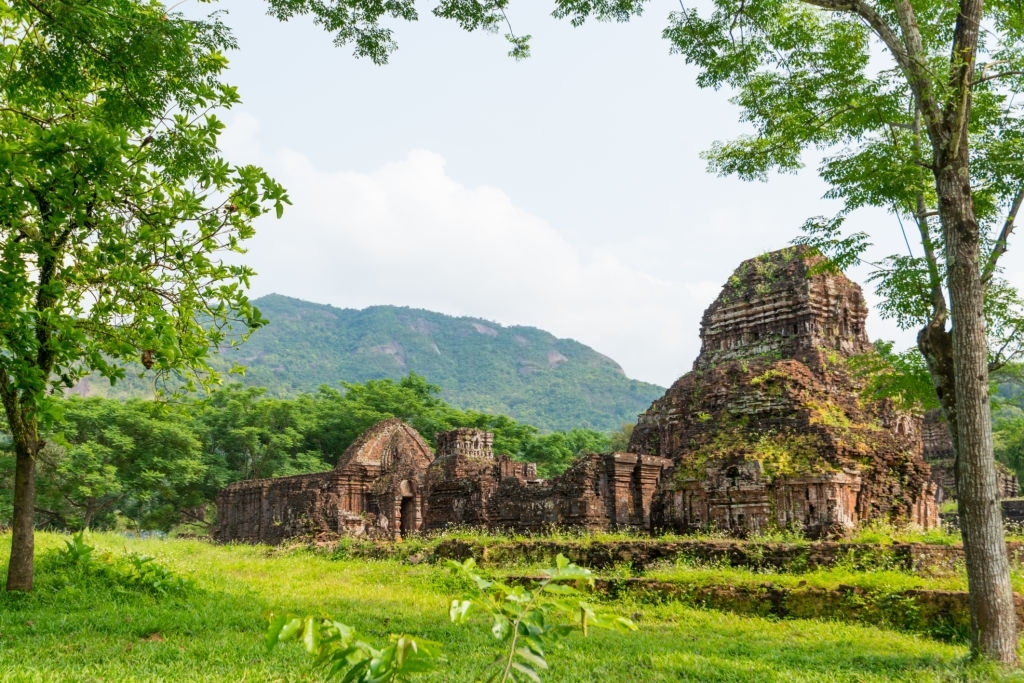
My Son Shrine is located near Duy Phu village, Duy Xuyen district, Quang Nam province, central Vietnam, about 40 kilometers from Hoi An.
The complex extends over a valley about 2 kilometers wide and is surrounded by two mountain ranges that make up the watershed of the sacred Thu Bon River.
My Son is a group of Chams temples with spiritual roots attached to Hinduism.
This site was during a long period, the religious and political capital of the Kingdom of Champa.
It is one of the first sites of the Cham people founded in Vietnam.
This site has gone through both time and a very eventful history, particularly with the invasion of the Chinese.
The ruins currently include the remains of about seventy temples and annex buildings.
Their red brick architecture is truly remarkable, this site is a UNESCO World Heritage Site.
The vestiges of history
The Japanese bridge
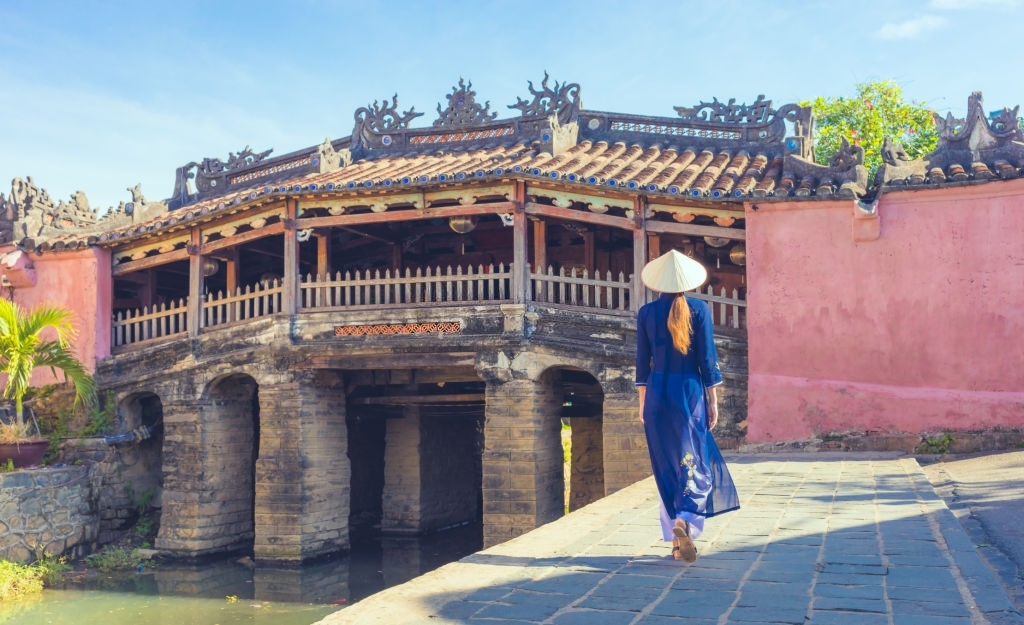
The so-called “Japanese Bridge”, also named Lai Vien Kieu “Bridge of Distant Friends”, remains one of the most famous sites in the city and serves as a reminder of the Japanese community that once thrived here.
Popular wisdom indicates that this bridge marks the entrance to the main street of nihonmachi (here, the district of the historical Japanese communities in Asia and Southeast Asia).
In the middle of the bridge is a small temple venerating Huyen Thien Dai De (god of water and god of the sea).
Phuc Kien Assembly Hall
Legend has it that the assembly hall was a small shrine worshipping the statue of Thien Hau Thanh Mau (the goddess who helps merchants defeat the waves of the ocean).
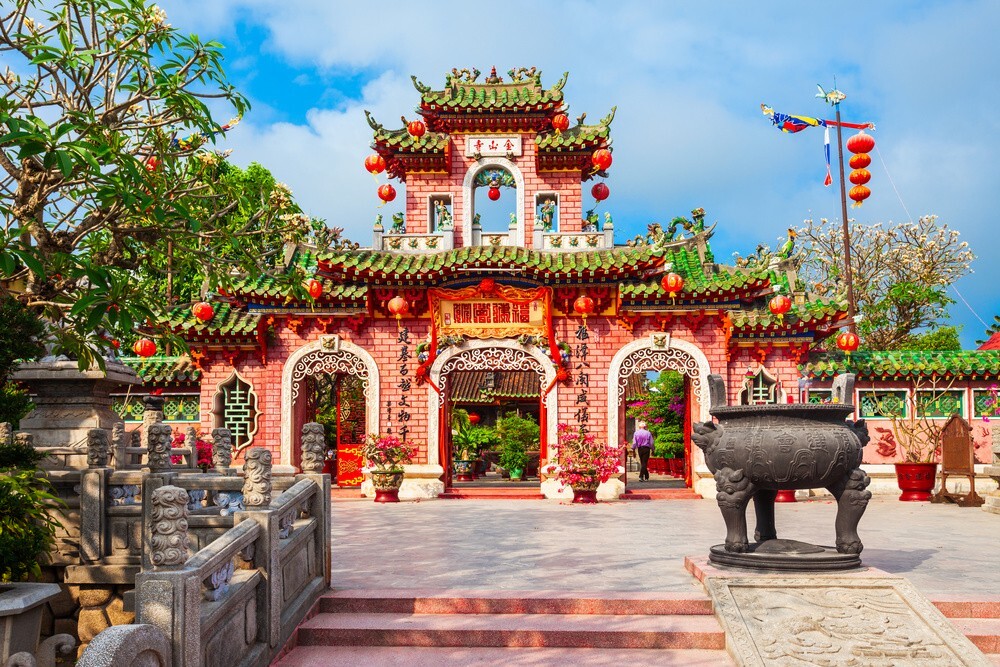
Originally it was located by the sea, on the coast of Hoi An, before being moved in 1697.
After many restorations, with the main contribution of the Chinese, it becomes the most beautiful and spacious room of the city.
Trieu Chau meeting room
The meeting hall was built in 1845 by Chinese to worship General Phuc Ba Ma Vien – a god who has the gift of taming the waves and making sea travel and trade smooth and profitable.
The meeting room has a special value in terms of architectural structure with its finely carved wooden frame, decorative wooden patterns and designs and beautiful porcelain relief works.
Cantonese Assembly Hall
The Assembly Hall was built in 1885 by Chinese Cantonese Kieu, to venerate the predecessors, the deceased sages and at the same time to venerate the gods who protected people in daily life.
The rational use of wood and stone materials in the supporting structure and decorative details gave the Assembly a unique beauty.
Every year, on the day of Nguyen Tieu, Quan Cong (June 24 of the lunar calendar), a very elegant festival is held here which attracts many participants.
Old house of Quan Thang
This is one of the old houses that are considered the most beautiful in Hoi An.
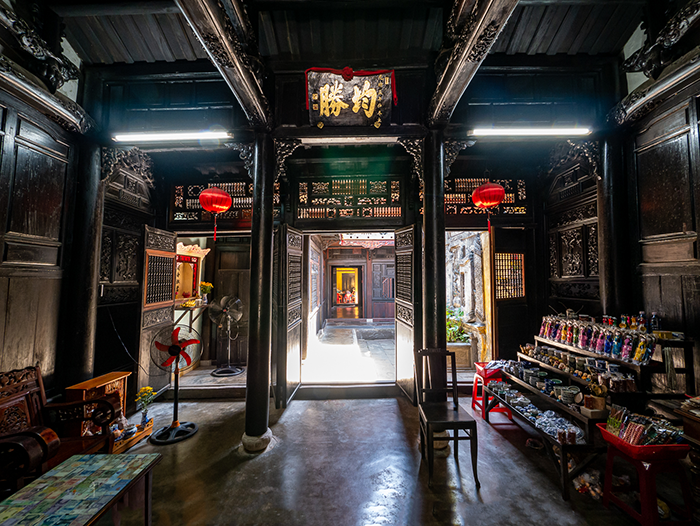
This house is more than 150 years old, with an architectural style of the Chinese region of Huaxia.
Its good preservation allows to imagine the way of life of the owners of the merchant class of the city.
All the architecture and wood carvings of this house were made by carpenter craftsmen from Kim Bong village.
The Quan Cong temple
Built in 1653 as a place of worship dedicated to Quan Van Truong famous general with bravery, righteousness and virtues of an honorable man.
The town
The market
Located in the heart of the charming little town of Hoi An, the central market is one of the main centers of interest of the city, not to be missed under any pretext.
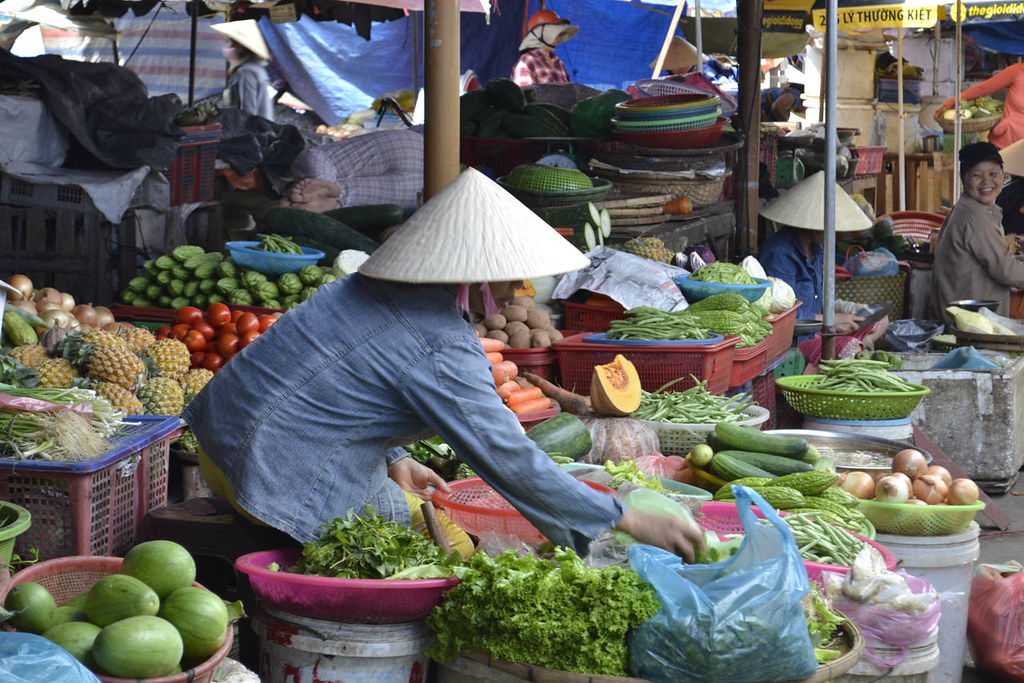
It is held every morning, under the market hall, on the banks of the river and in the streets perpendicular to the banks.
It offers visitors a range of fruits, vegetables, meats, fish, shellfish, grocery items and objects of all kinds.
In an unimaginable mess, noises, shouts, laughter, but also colors and smells (more or less pleasant according to the “rays”!)…
A real moment of discovery of the Vietnamese way of life, since the market is not very touristy and most of the customers are “real Vietnamese” coming to buy their daily products and also to consume on the spot the various fine dishes of Hoi An.
The theater
It offers Vietnamese folk music and folk dance performances. Located on Nguyen Thai Hoc street, the show runs from 21:00 to 22:00 every day it is free if you paid the entrance fee in the city (this ticket allows a tourist to see 5 attractions, sites or shows inside the city).
The wells
The ancient wells of Hôi An, Ba Le wells, have mainly three shapes: round, square, or round on top and square on bottom. They are made of bricks that are not bound with mortar. What they have in common is that they all have a foundation made of lim, a very strong wood that supports the walls of the well. It is with the water from these wells (about 80 in Hoi An) that the Co Lao noodles, a specialty of Hoi An, are made.
The museums of Hoi An
The stores, the houses Tan Ky
Ancient houses in Hoi An, built 200 years ago by the local craftsmen, many of them are worth visiting. They are divided into several rooms, the front is for the store, the back is reserved for the export and import of goods.

They are often the showcase of many crafts that they exhibit, embroidery, lanterns, earthenware, etc..
The Previous Heritage gallery of photographer Rehahn
Very beautiful museum which shows the excellent work of research on the whole of the traditional costumes of the various ethnic groups of Vietnam.
The museum of folklore
In an old house where we walk through the ages and rites.
The museum of ceramics, the museum of embroidery, etc.
And many other museums or galleries are along the main street, you will be spoilt for choice !
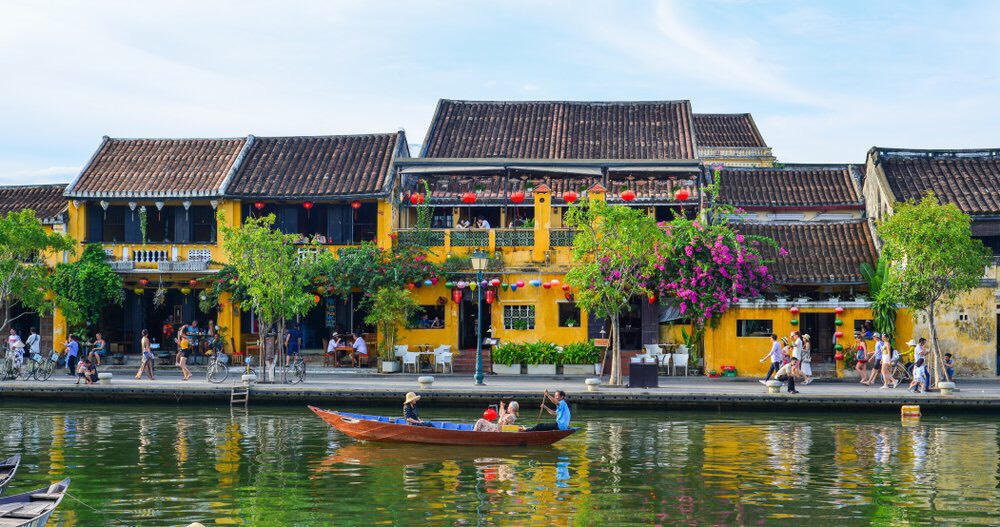
To do, to see :
The night market
Small lively market, located on the other bank of the Thu Bon river, on the island of An Hoi, crossing the bridge.
From 4 pm to 11 pm every day it takes place in the main street. You can find there in particular lanterns and also some tablecloths and embroidered fabrics, artistic specialties of Hoi An.
Fishermen’s restaurants
Still on the island of An Hoi, on the tip of the island, stalls are held by the fishermen’s wives, in the evening. You will be able to taste in all simplicity, on long common tables, the products of the fishing of the day.
Here as in the market you will discover what is the traditional cuisine of Hoi An.
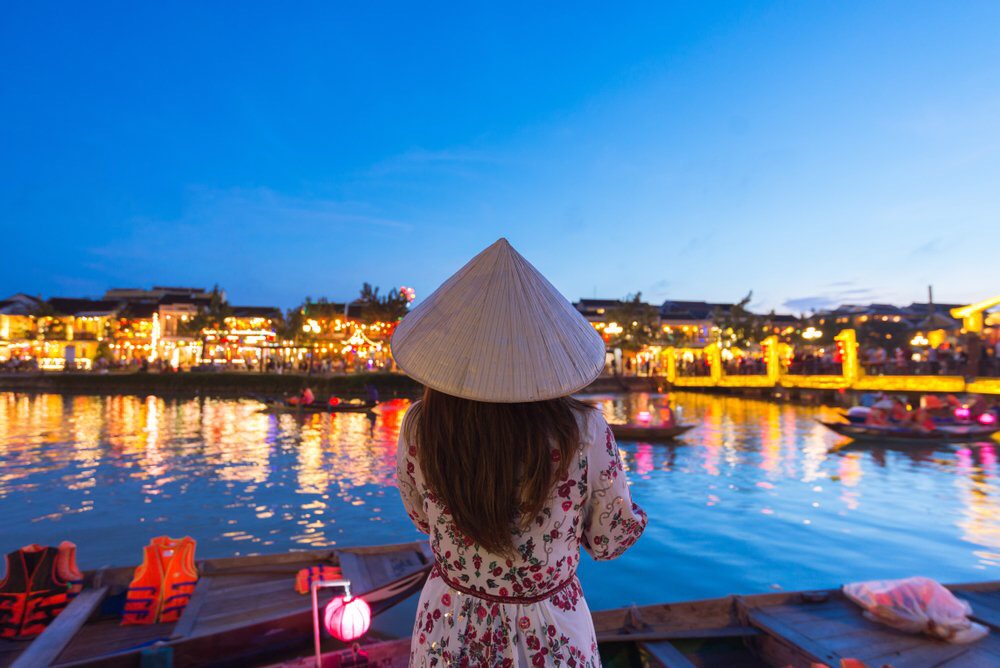
Tra Qué
It is the “garden” of Hoi An, a little outside the city in the direction of the sea, we grow vegetables and especially all kinds of herbs that will enter the composition of the cuisine of Hoi An.
Here some cooking classes are offered.
Cua Dai
This is the beach at the mouth of the Thu Bon River, lined with hotels, the beach is 6 km long. Suffering from erosion towards the mouth, it is better to go towards its middle..
An Bang
Nice beach lined with small restaurants, it is a nice and peaceful place to swim with your family.
Cam Thanh
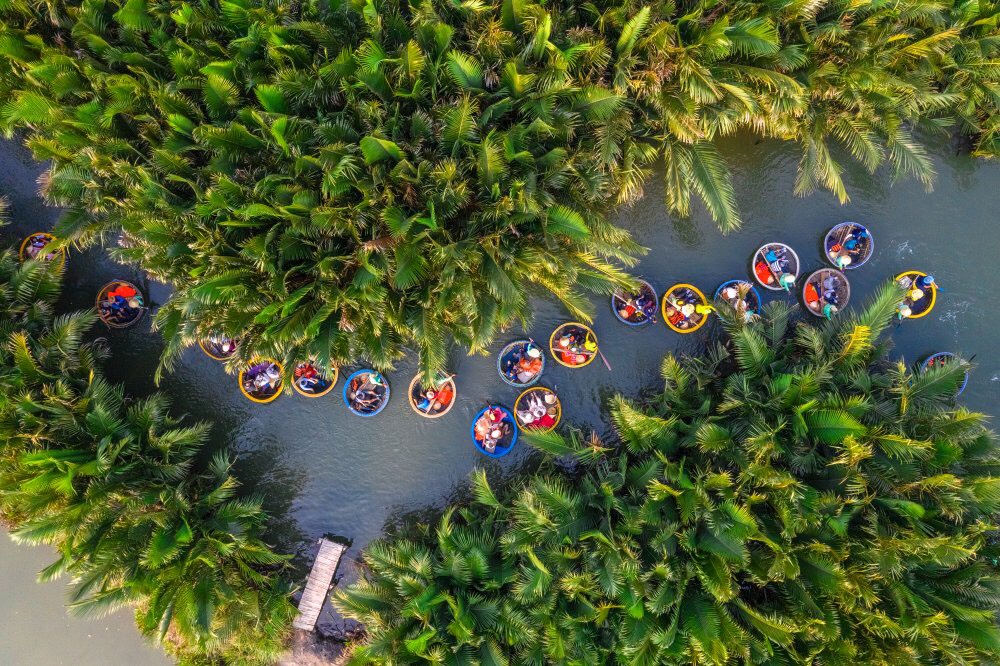
3km from Hoi An city, Cam Thanh is a village of water palms and mangroves. You can try your hand at basket boat, Thuyen thung, a type of circular boat made of bamboo very popular in Vietnam. They were used by sailors for coastal fishing and for lifting nets.
We can still see from the beach of An Bang some fishermen joining their boats in anchorage in the open sea passing the waves with skill and a lot of courage on these frail boats.
Food
Many establishments will propose you the specialities of Hoi An.
Please note,
The bông hồng trắng (white roses): ravioli with jagged edges with shrimp and pork, studded with fried onions.
Cao lầu: rice noodles (made with well water) with some broth, pork, bean sprouts, aromatic herbs…
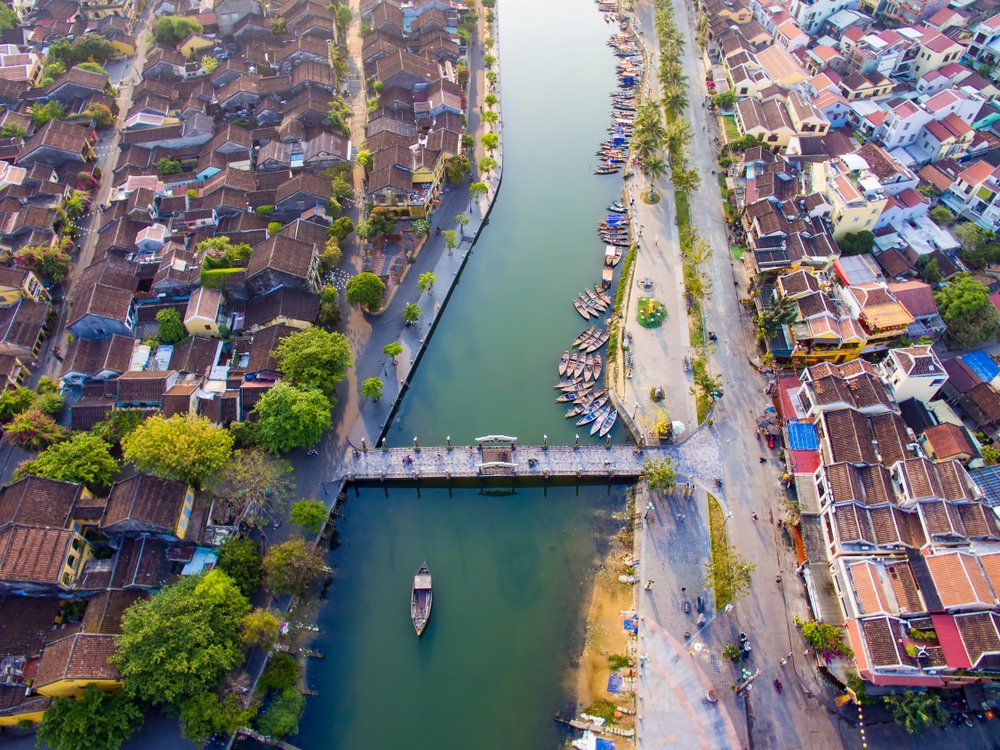
The clam soup, Cháo Nghêu Cô Gió, which is eaten at the end of the afternoon on the beach of An Bang, prepared by the fishermen’s wives, is a real delicacy !
And of course the duck dishes, they are numerous here, especially on the Thu Bon river, to be tasted at the market, a stand is dedicated to it.
Walks and hikes
Many of them are doing.
On foot in the city, along the river and on the adjacent islands.
Along the water on a traditional boat on the Thu Bon river.
By basket boat to Cam Thanh.
By bike with many routes in the countryside around Hoi An.
By visiting the craft villages – Kim Bong, carpenter village – Tra Qué for vegetables – Thanh Ha for pottery – Phuoc Kieu for bronze – Ban Thach for mats.
A little further on, by car – the sanctuary of My Son – the villages of the Co Tu ethnic group of Prao – Da Nang with its multiple offers of excursions.
